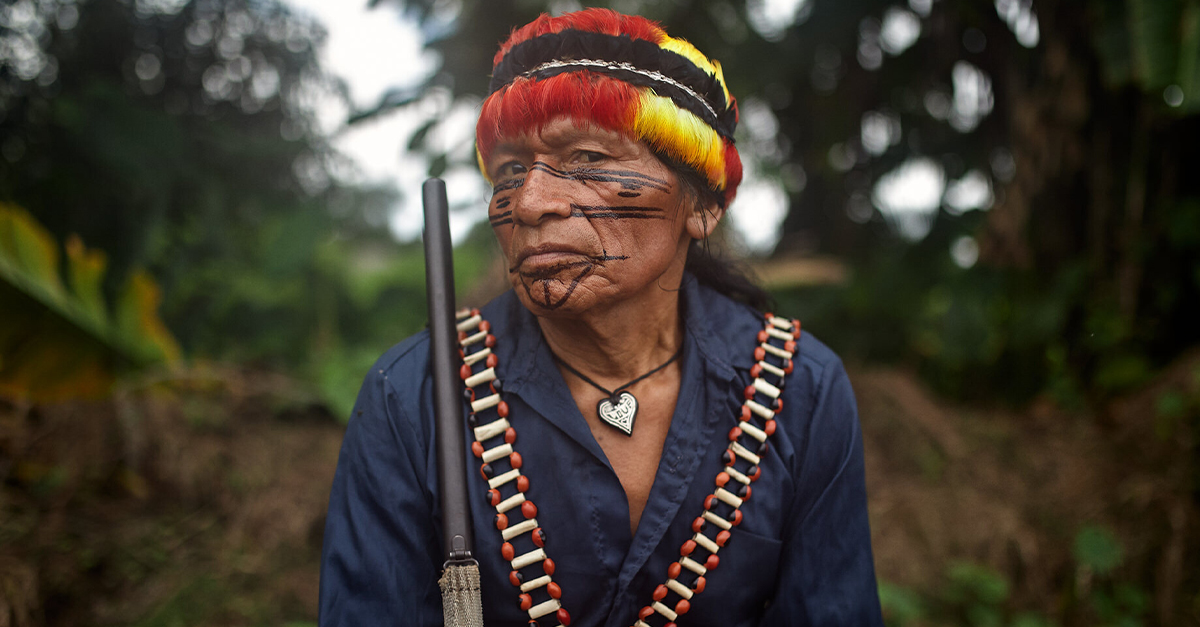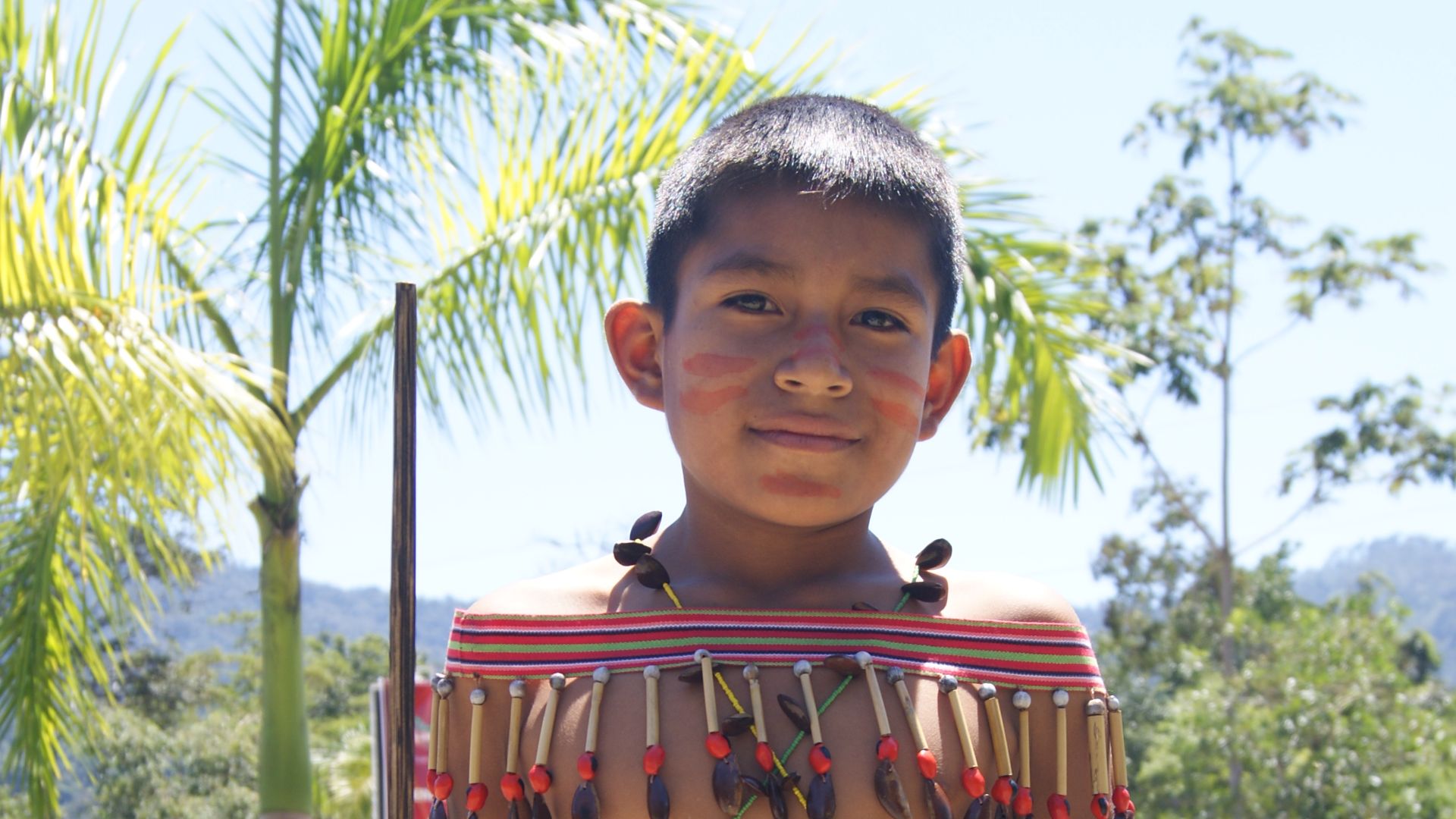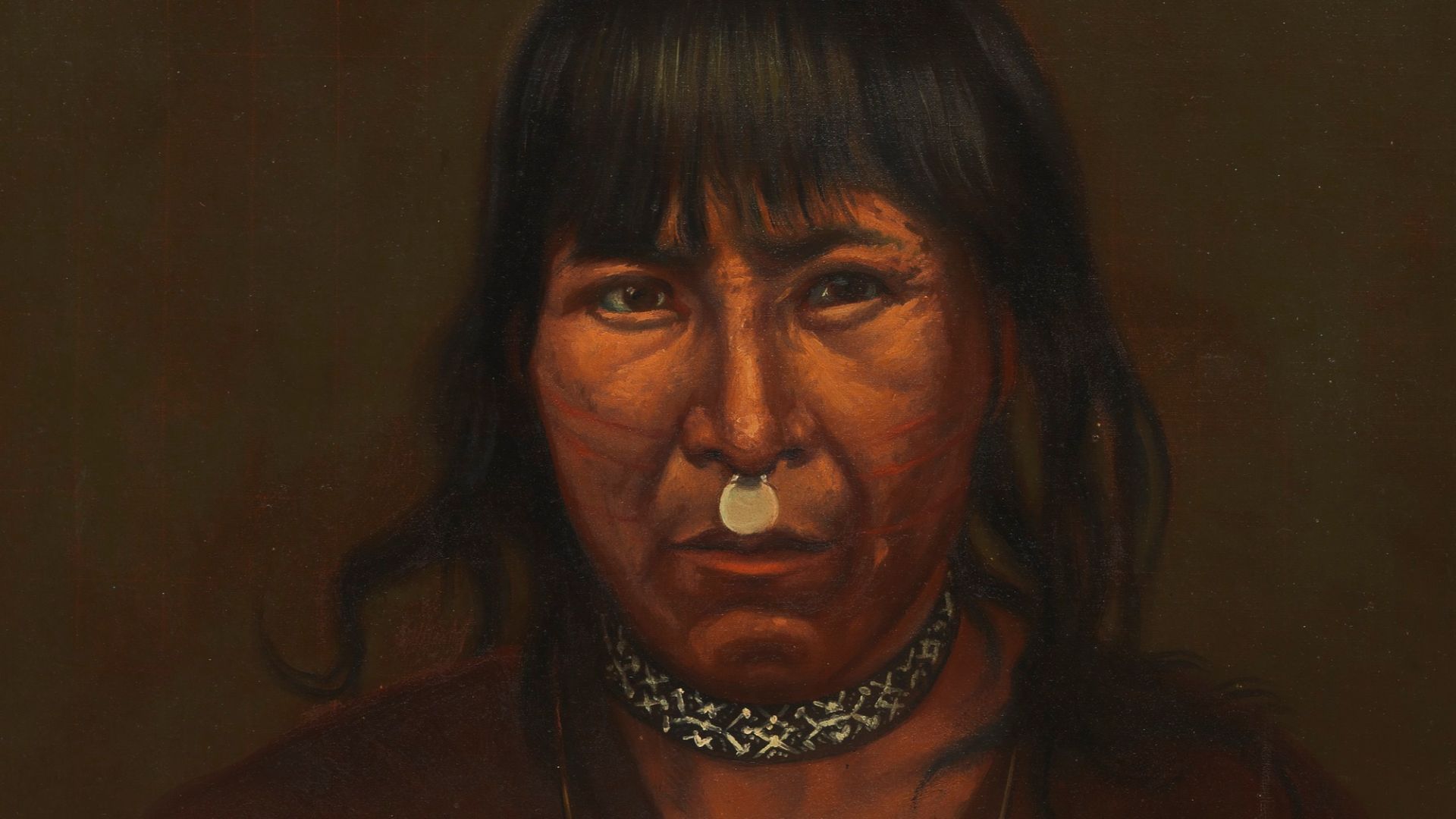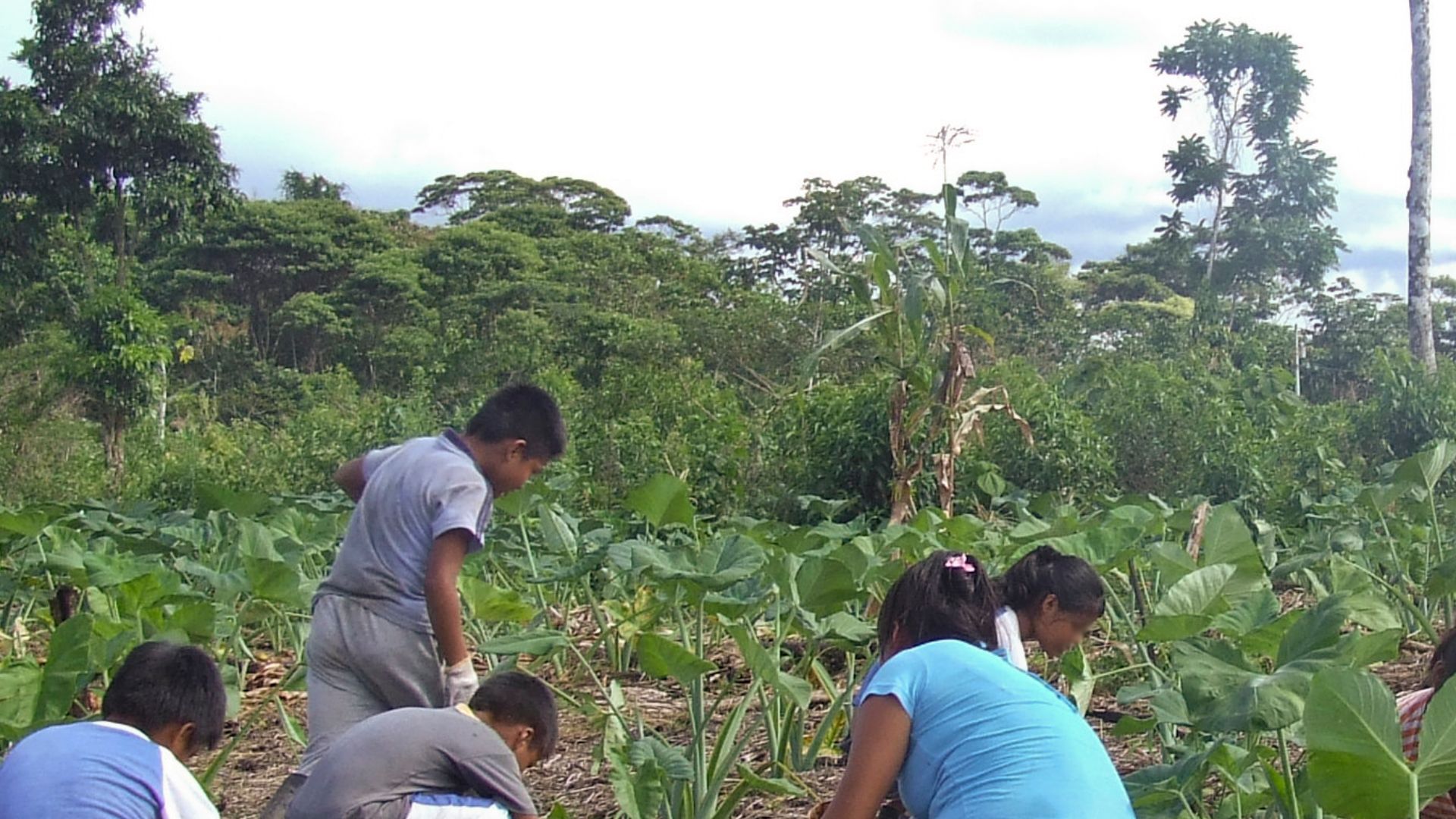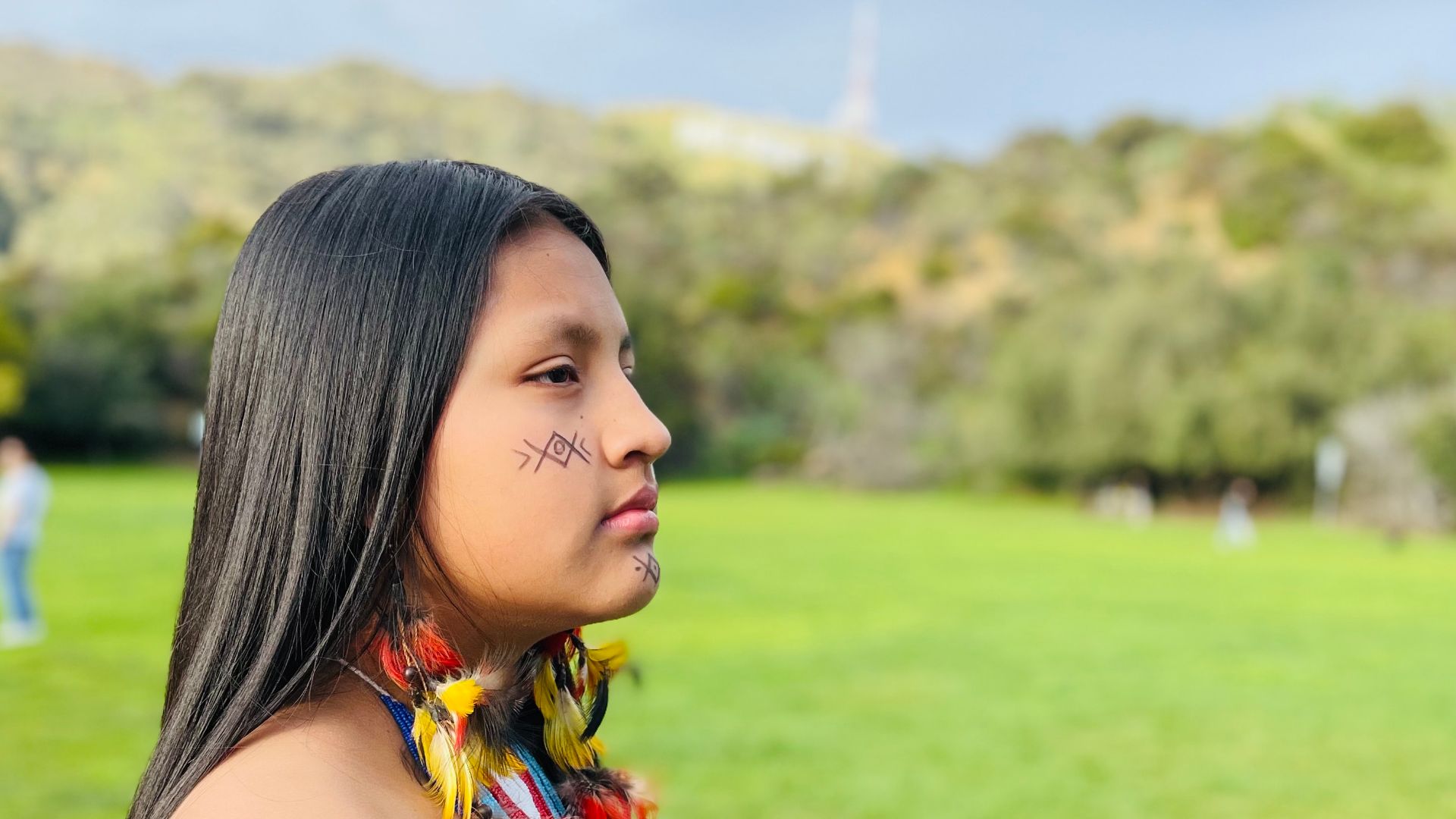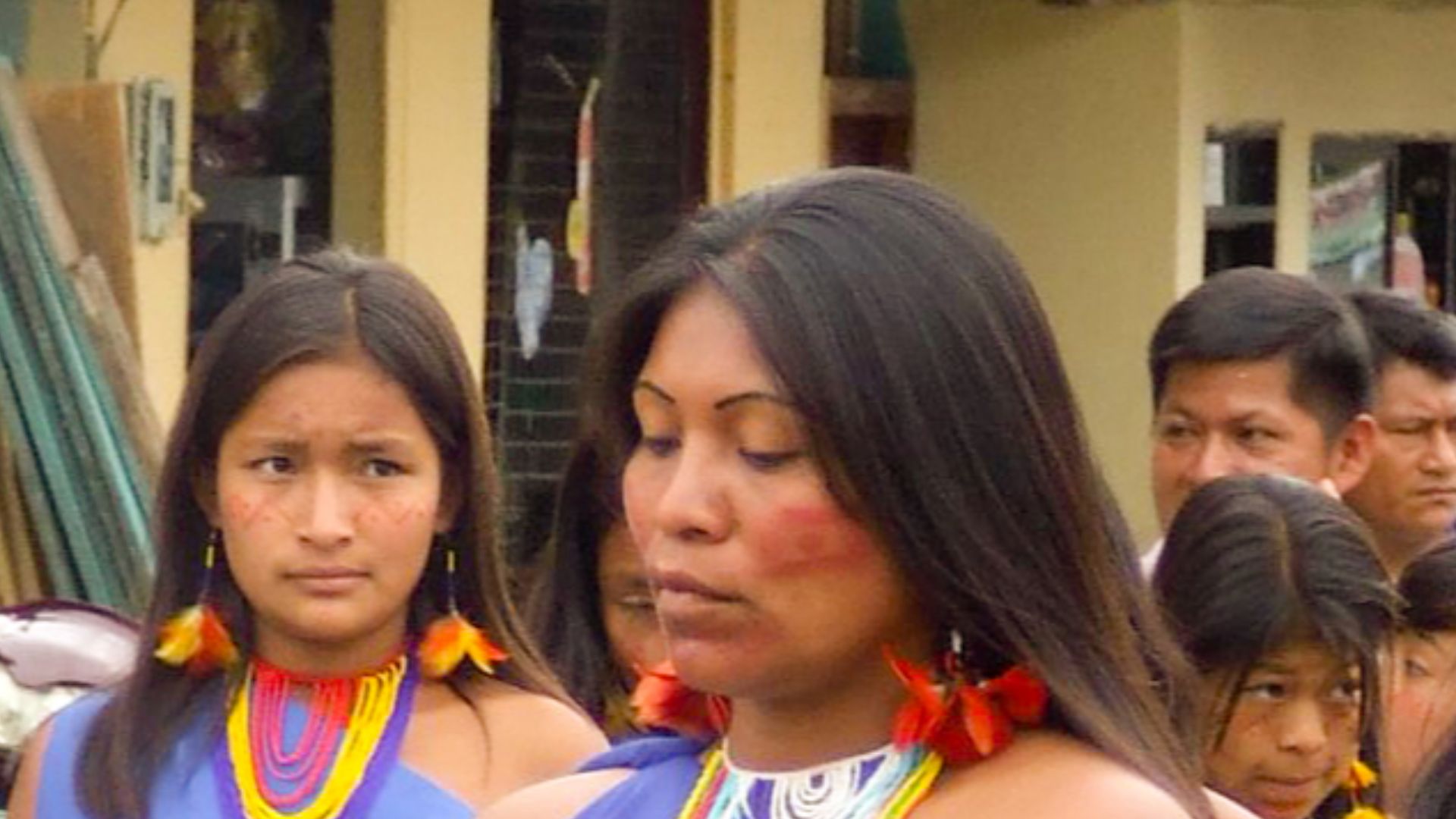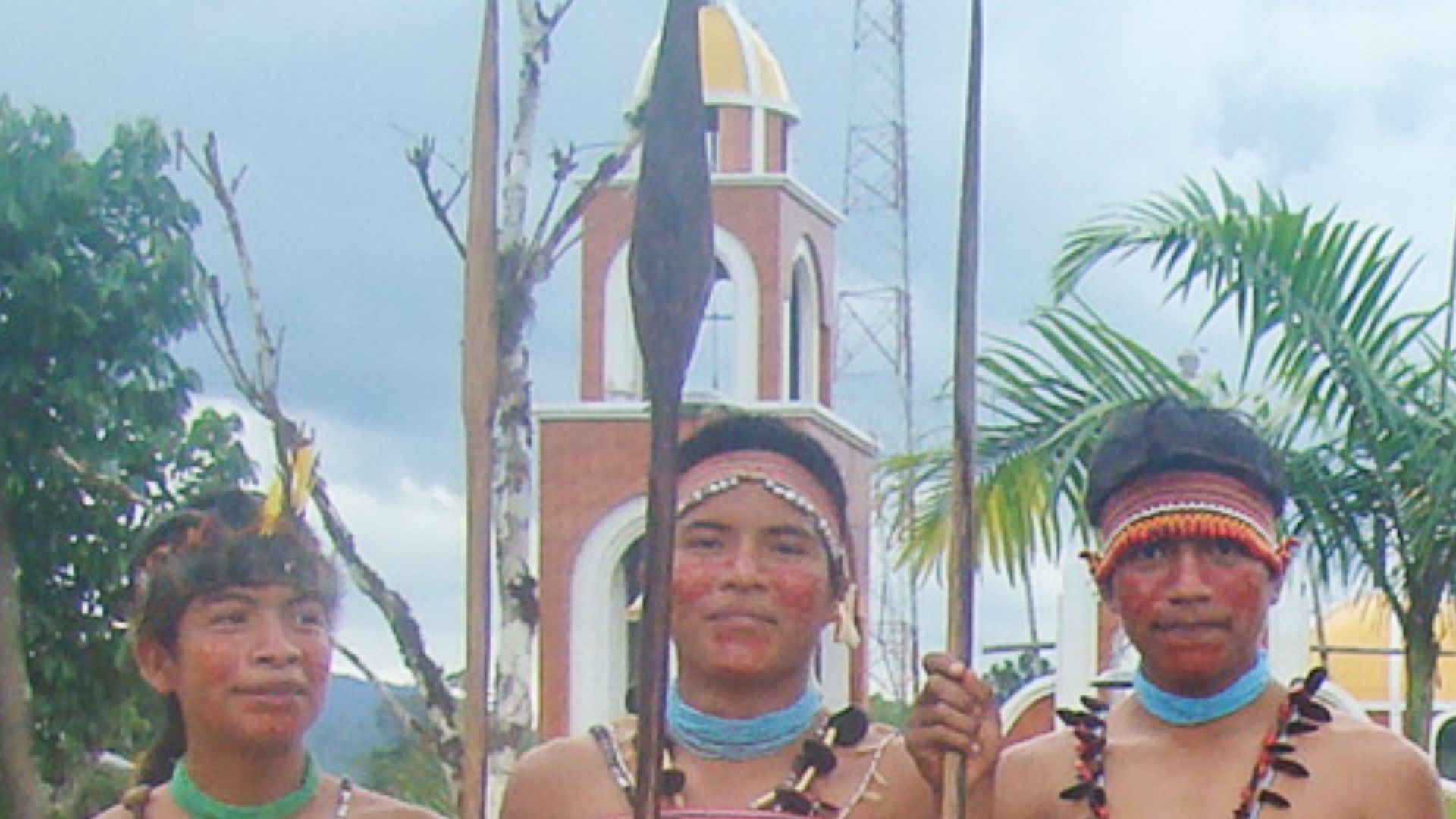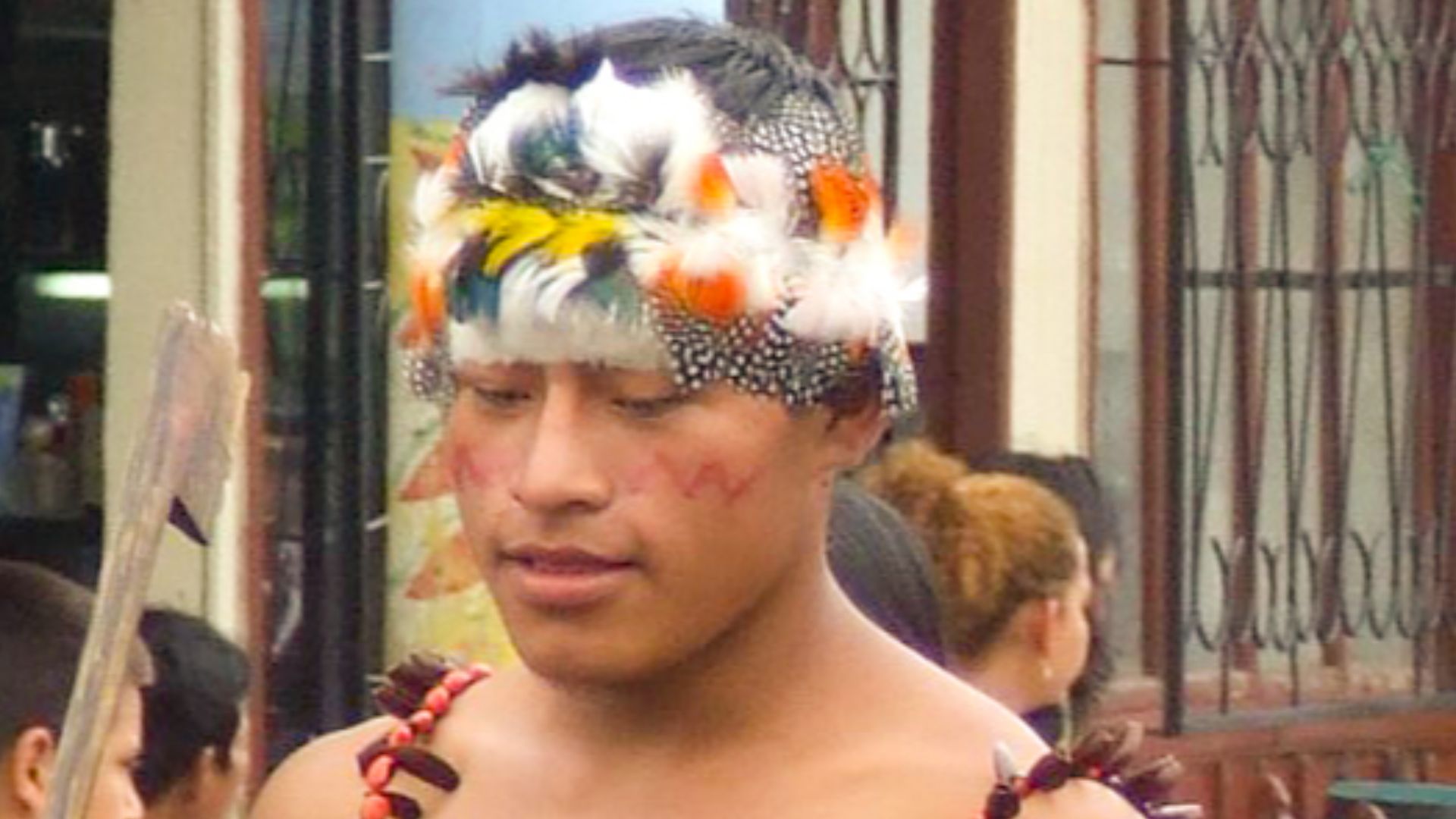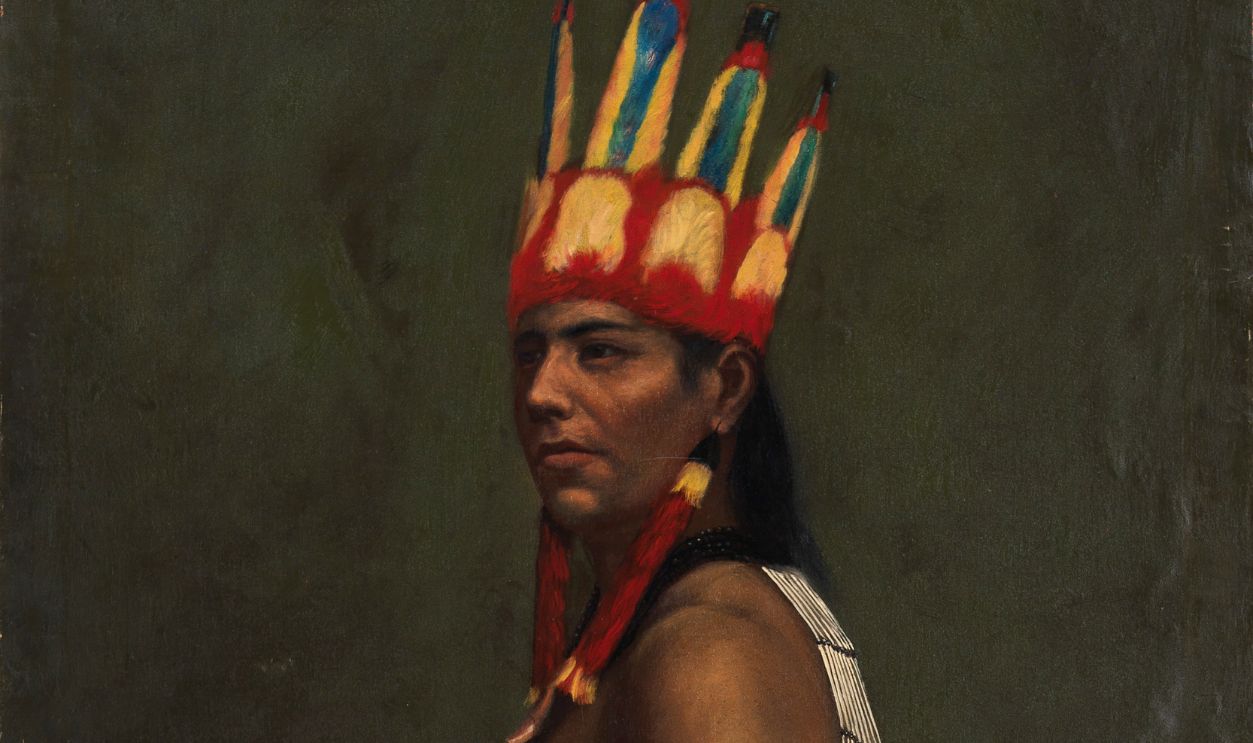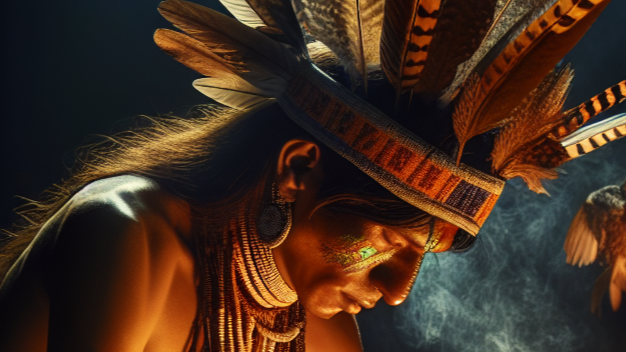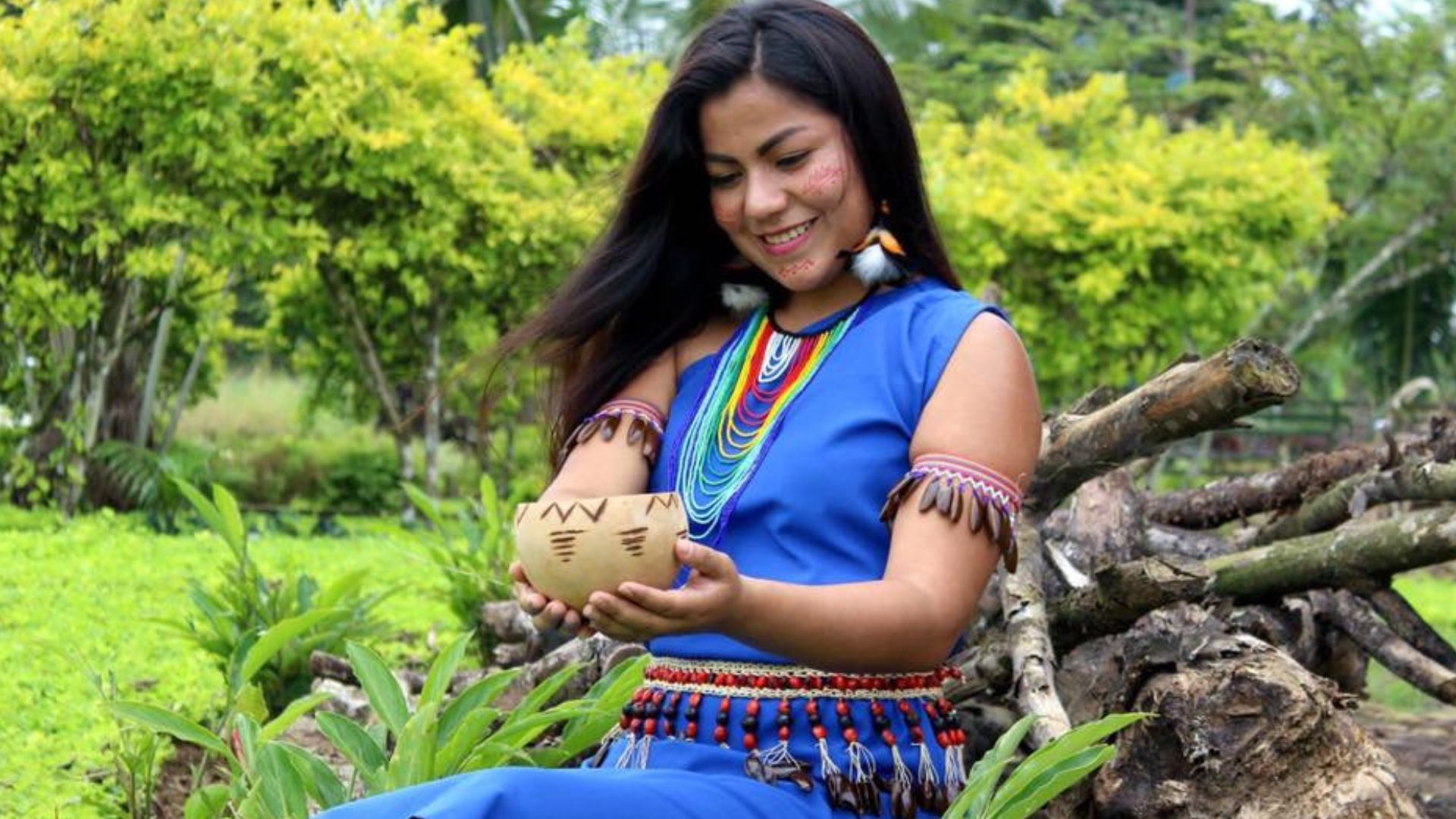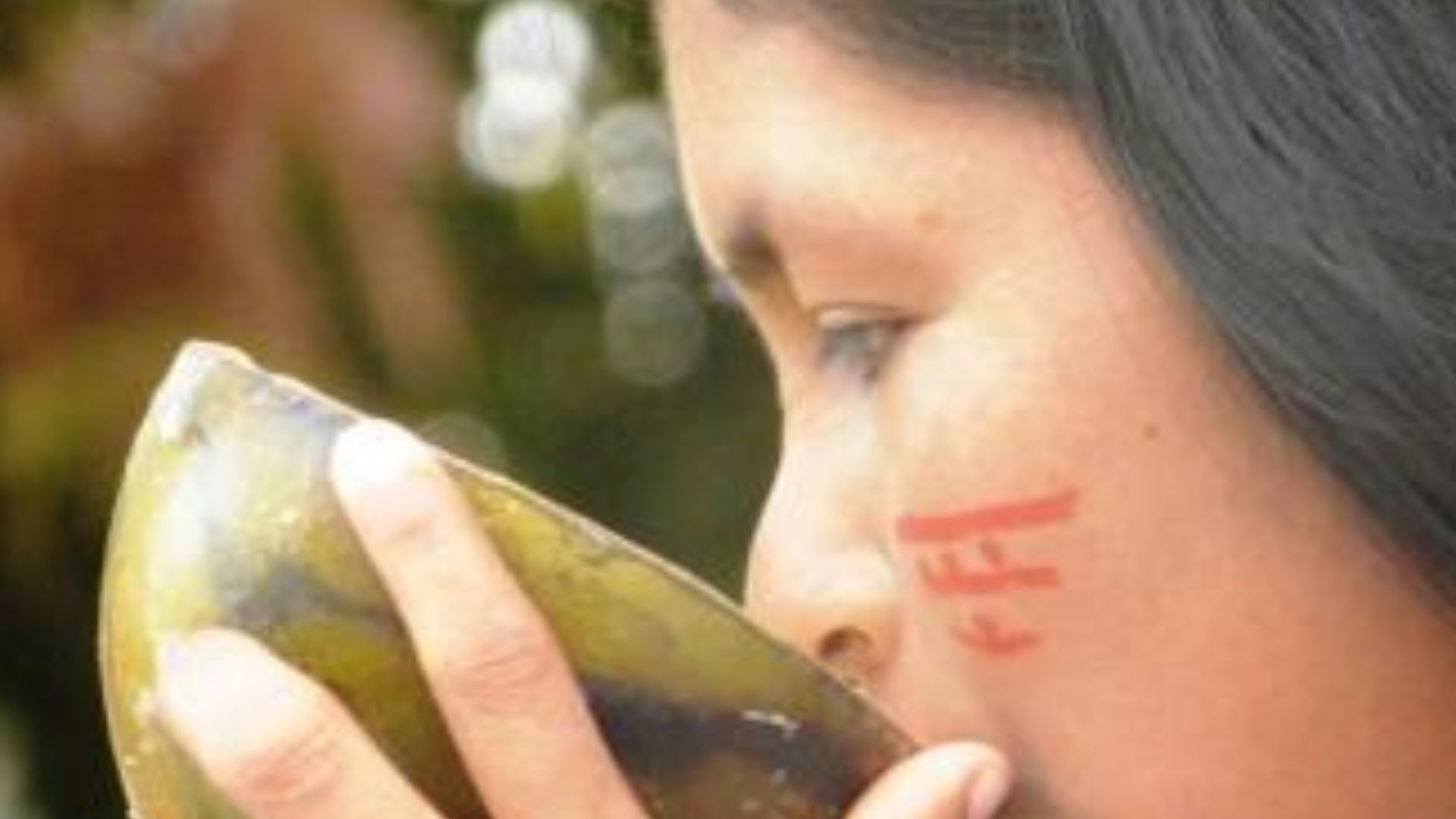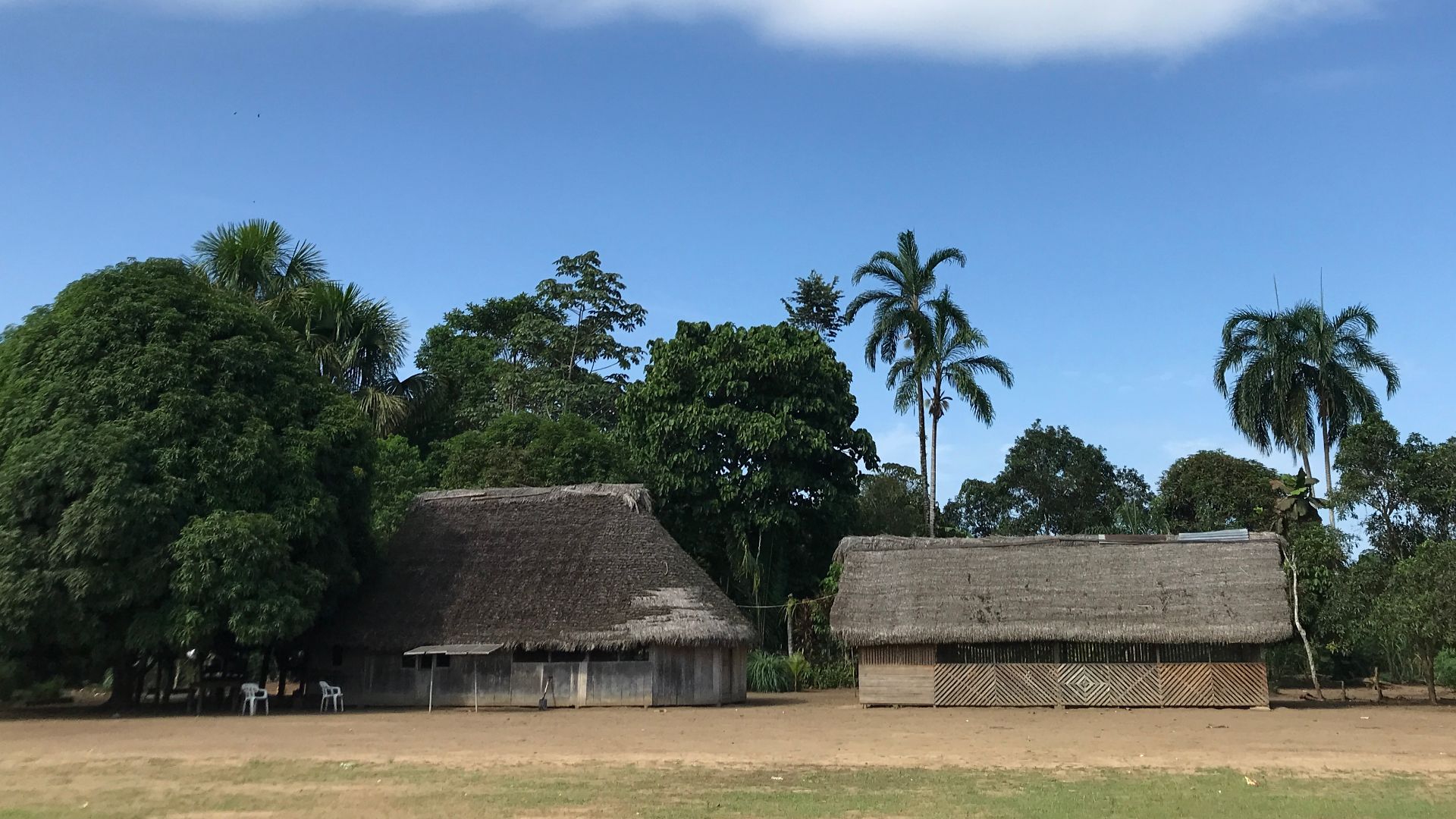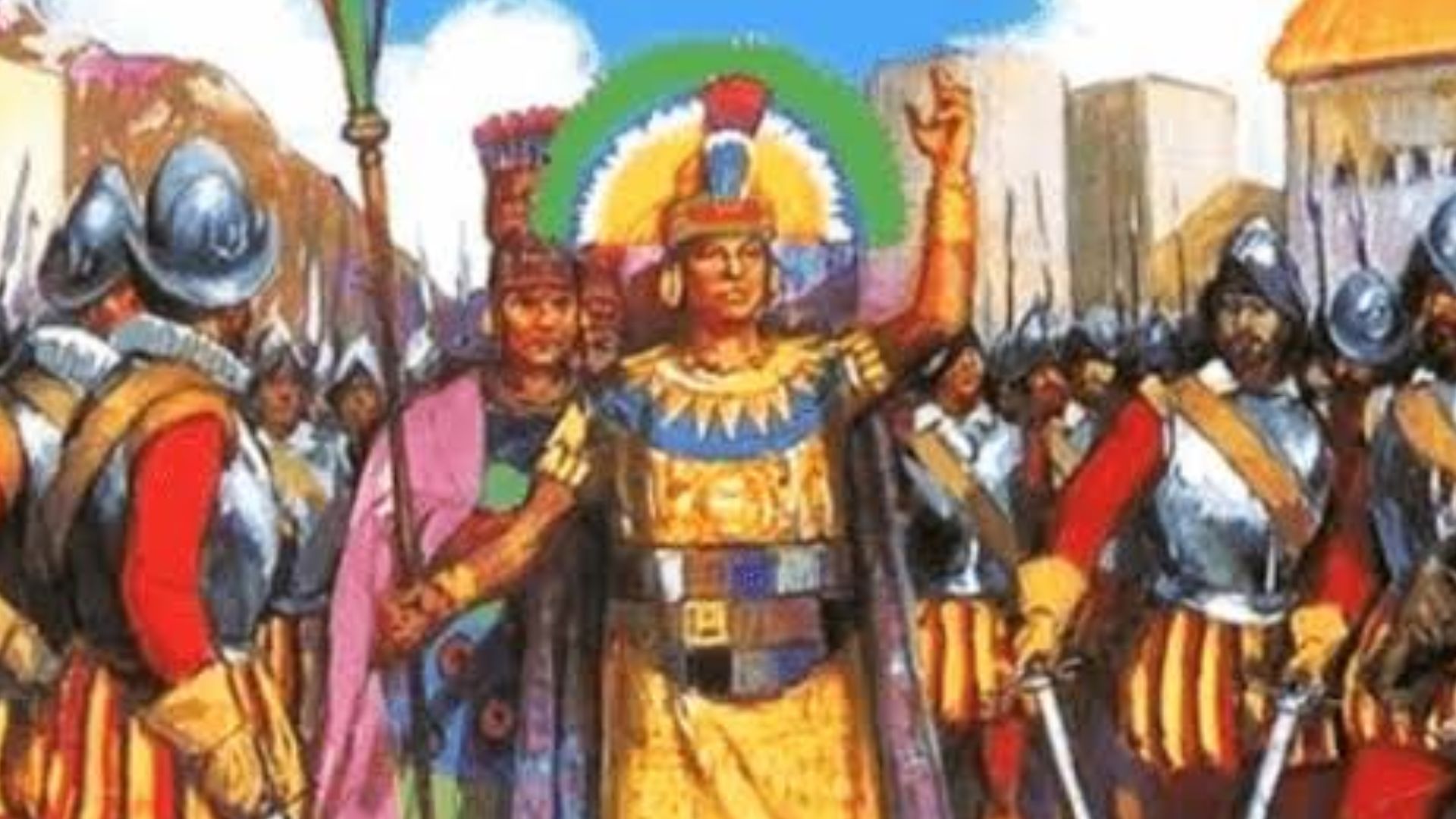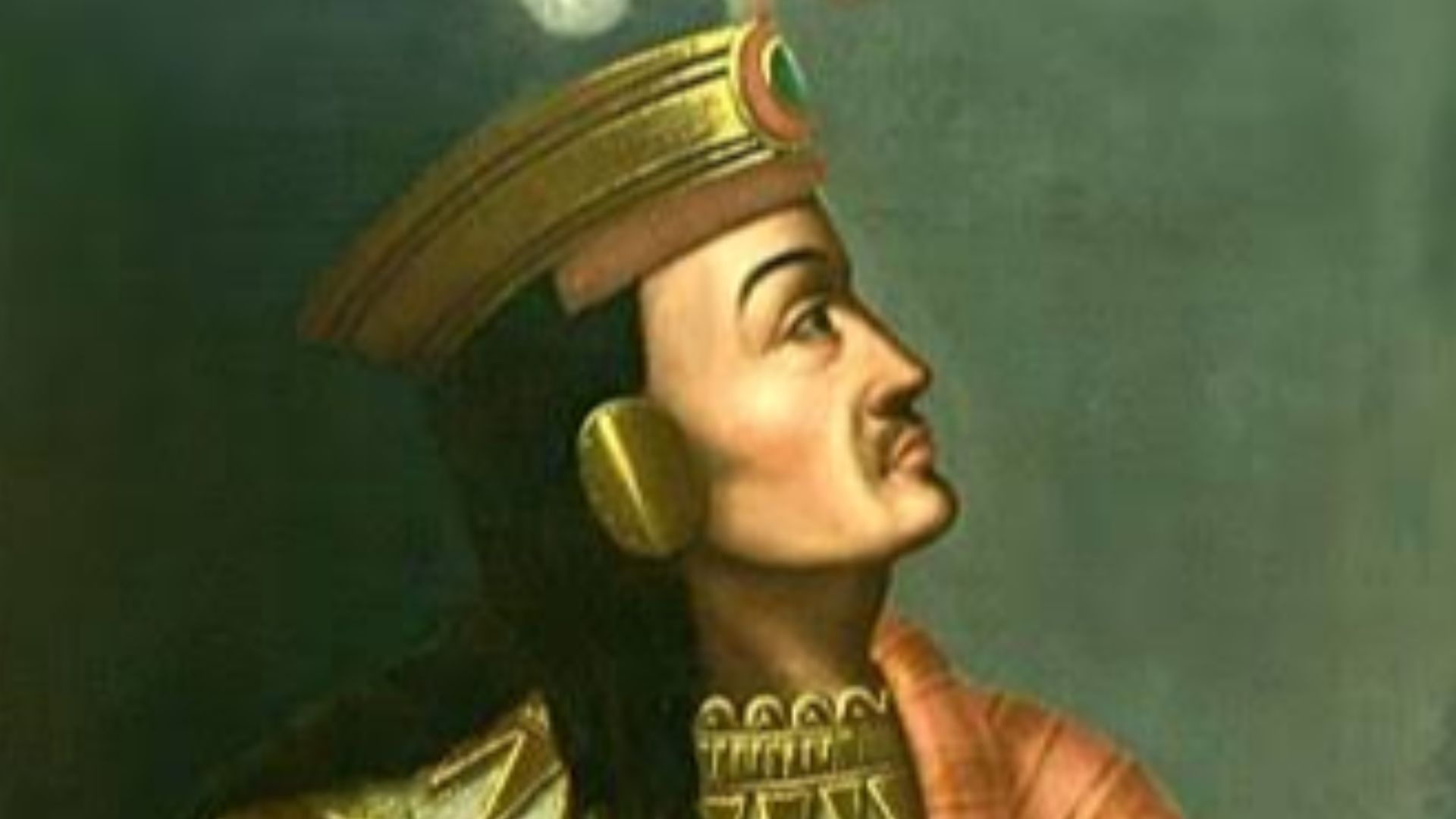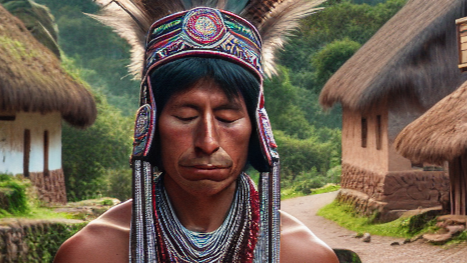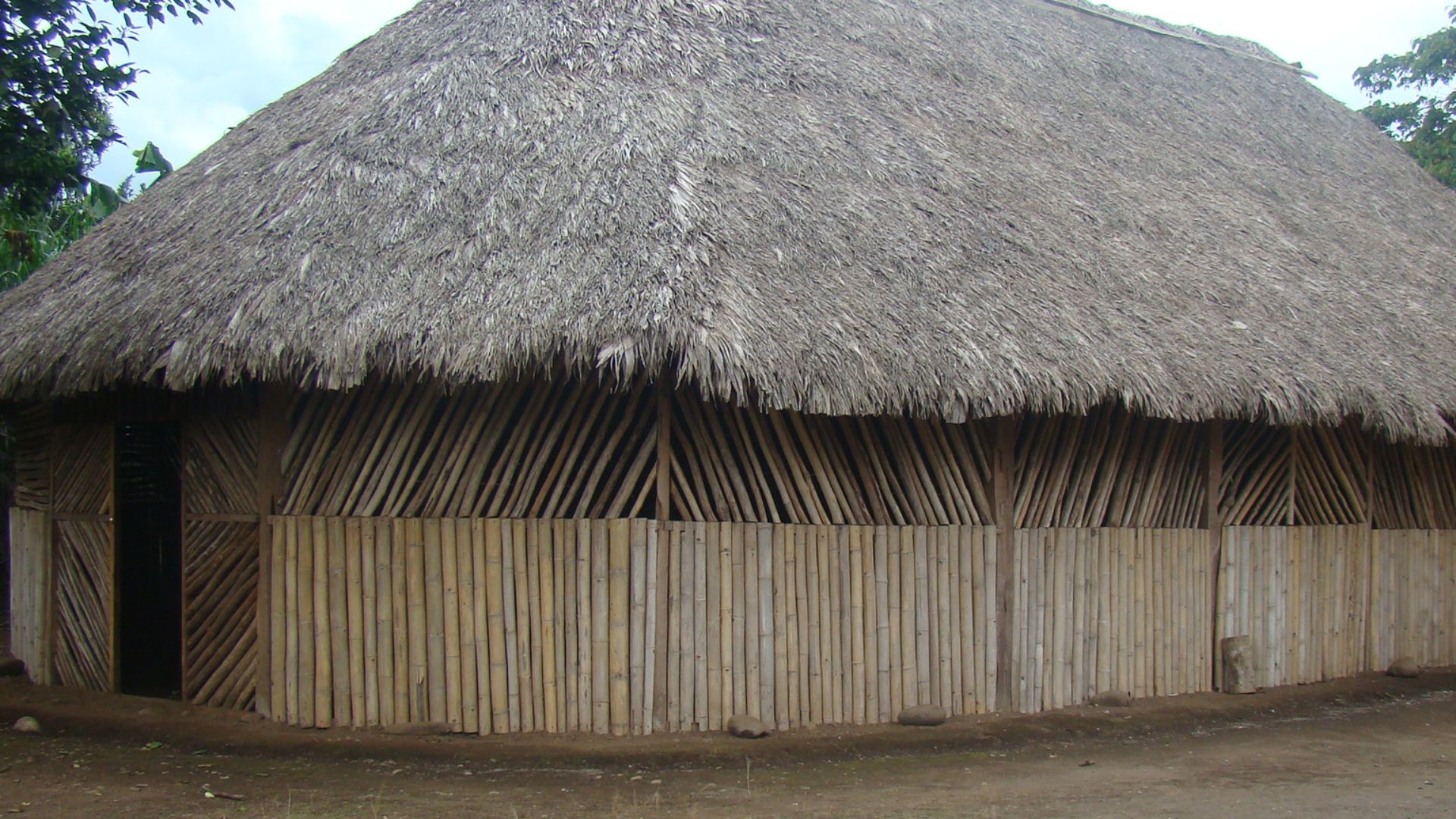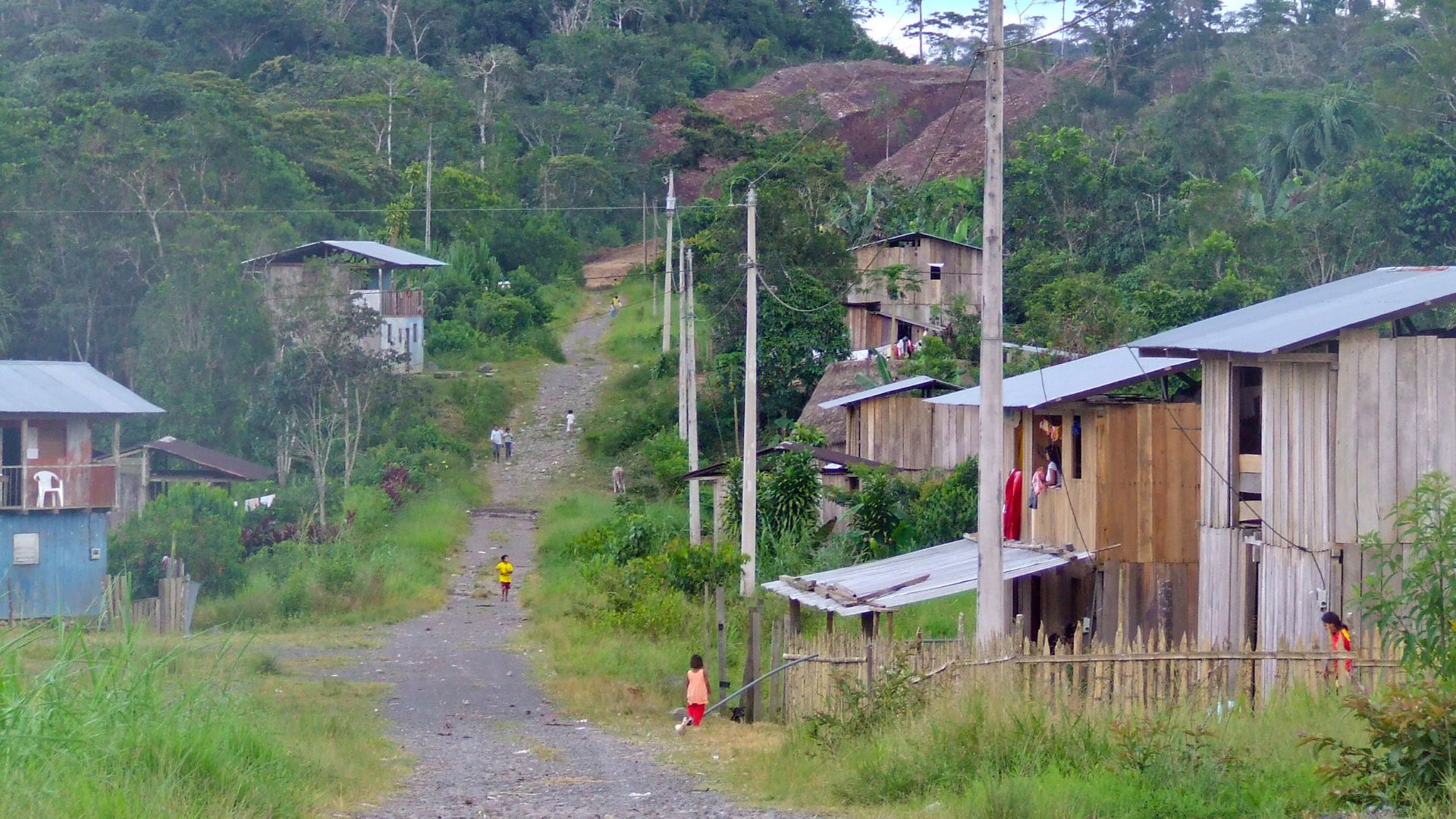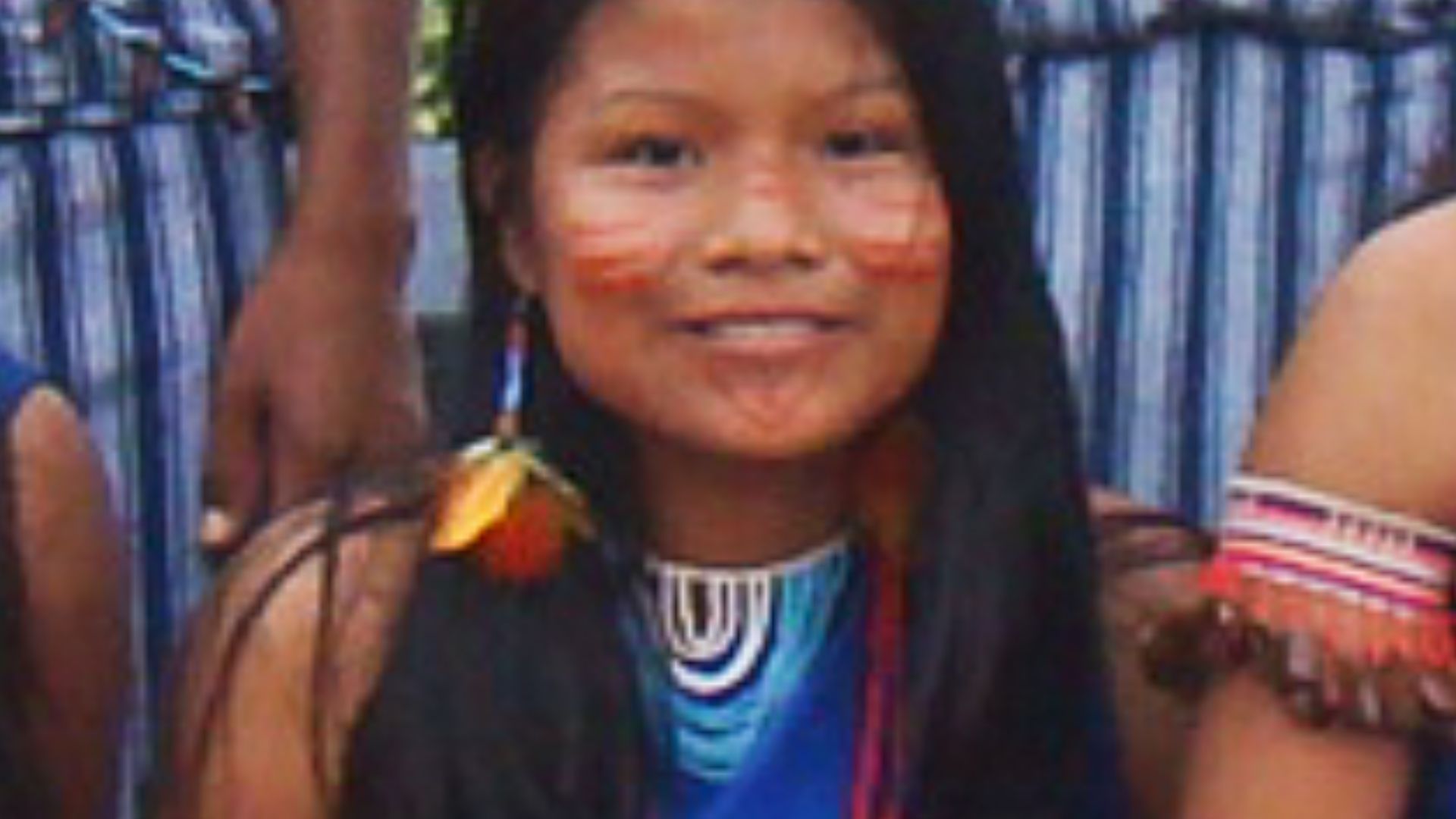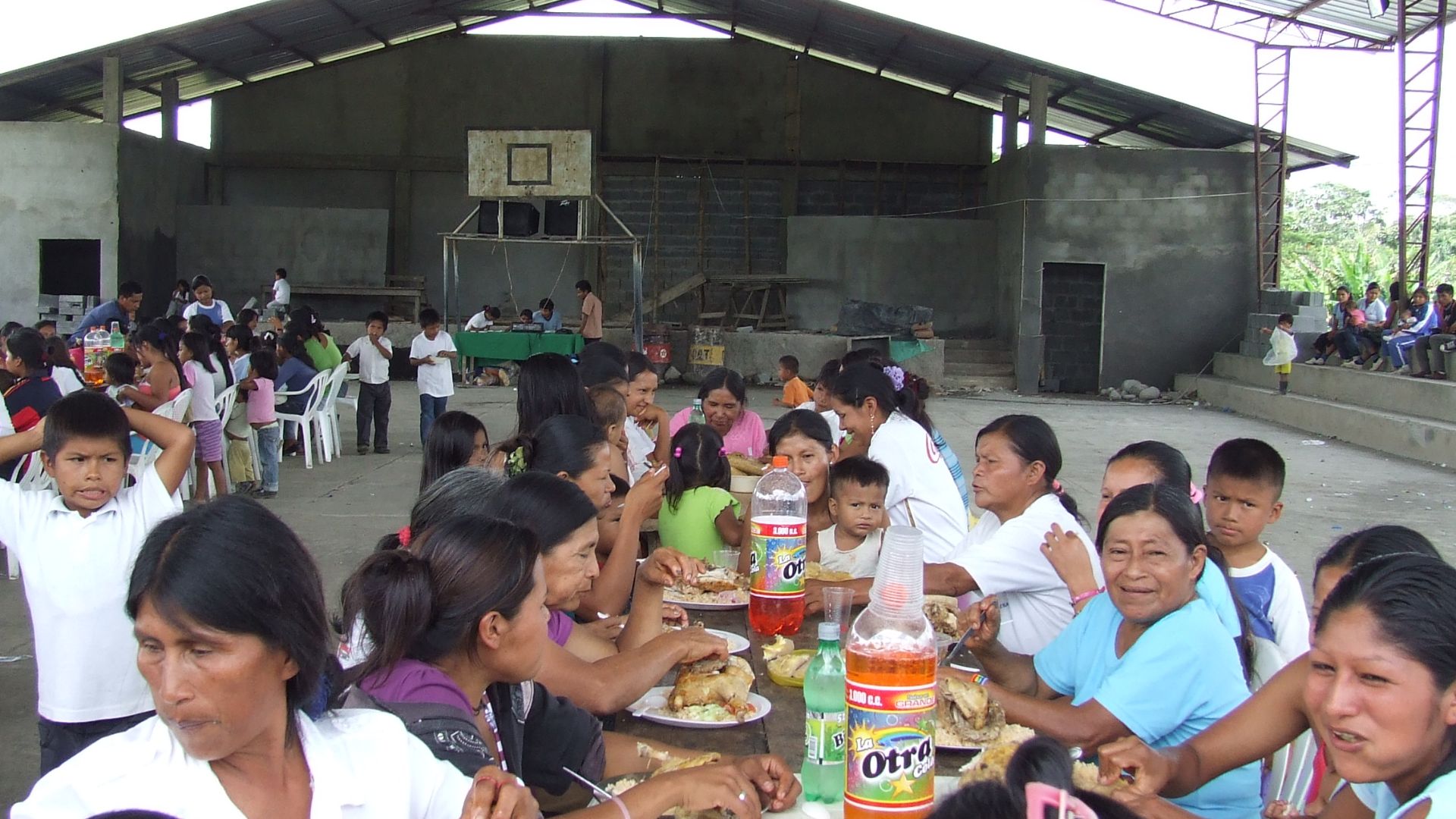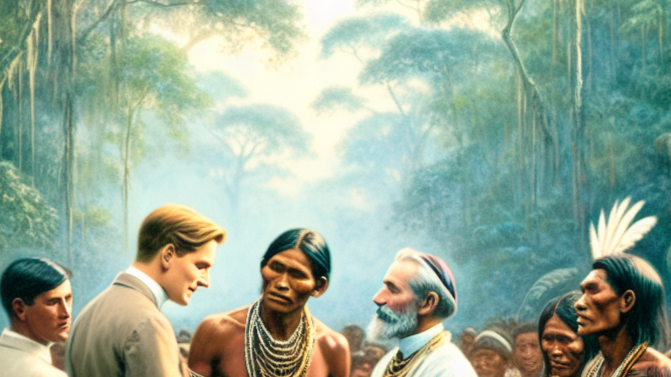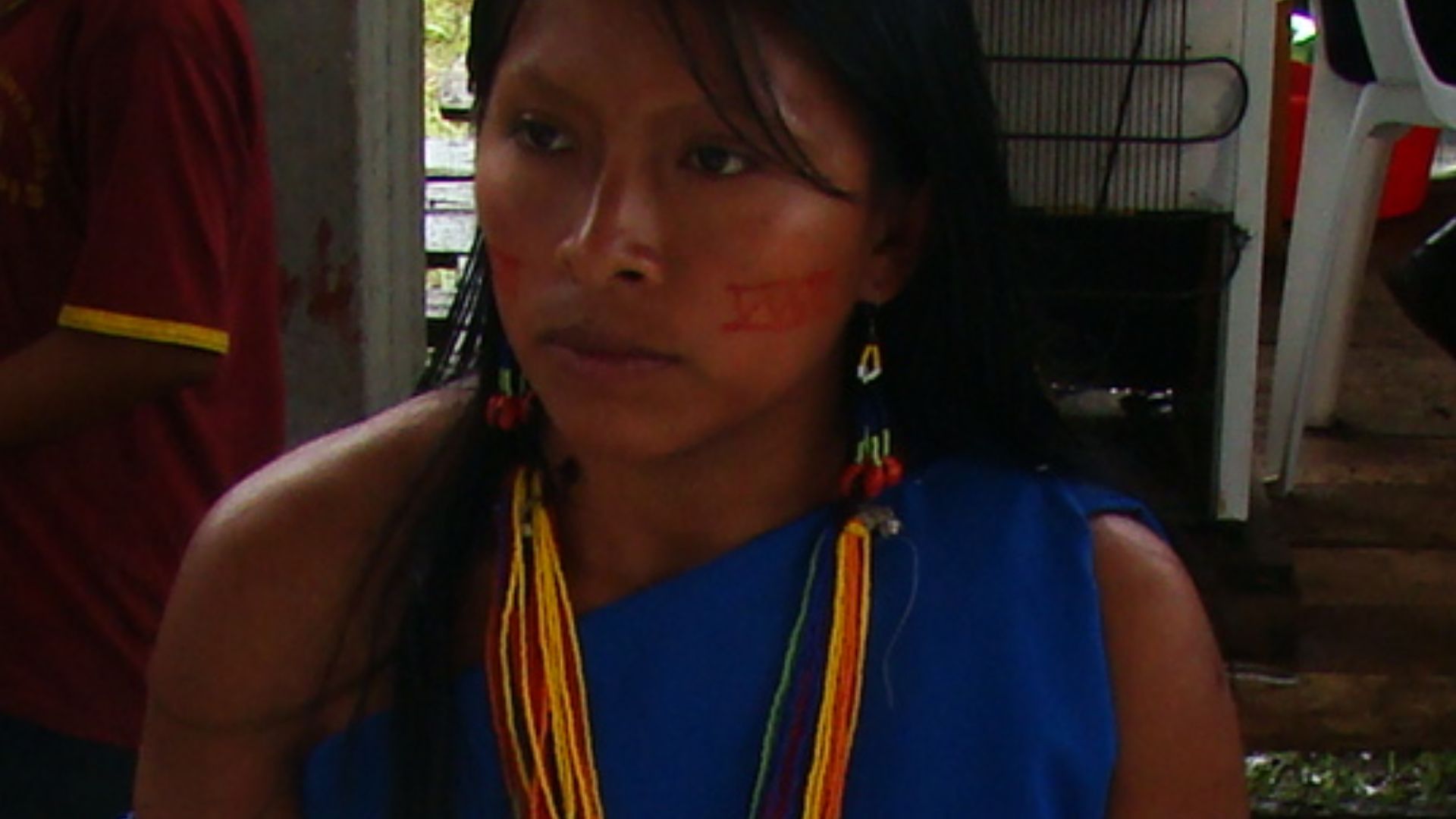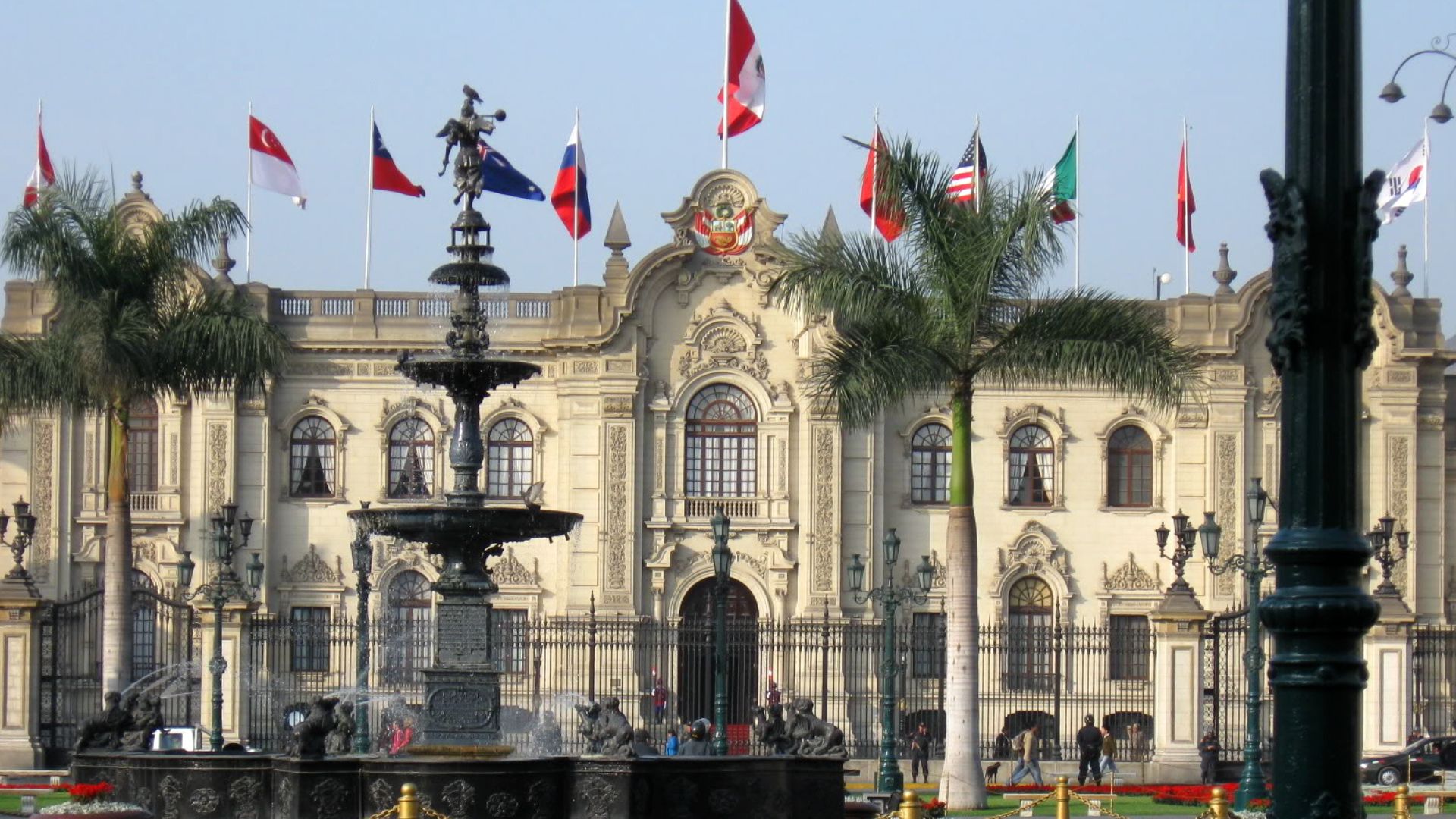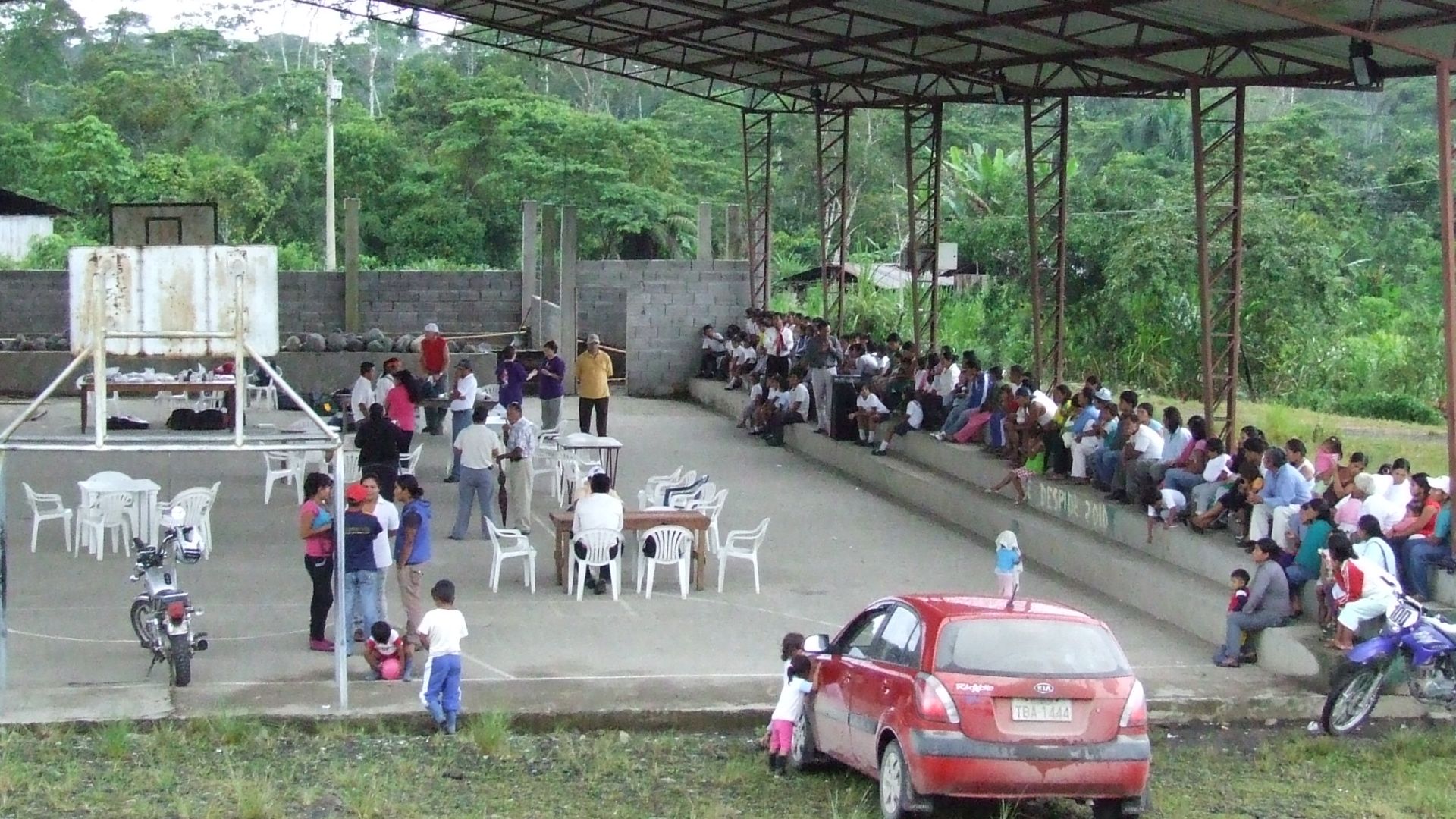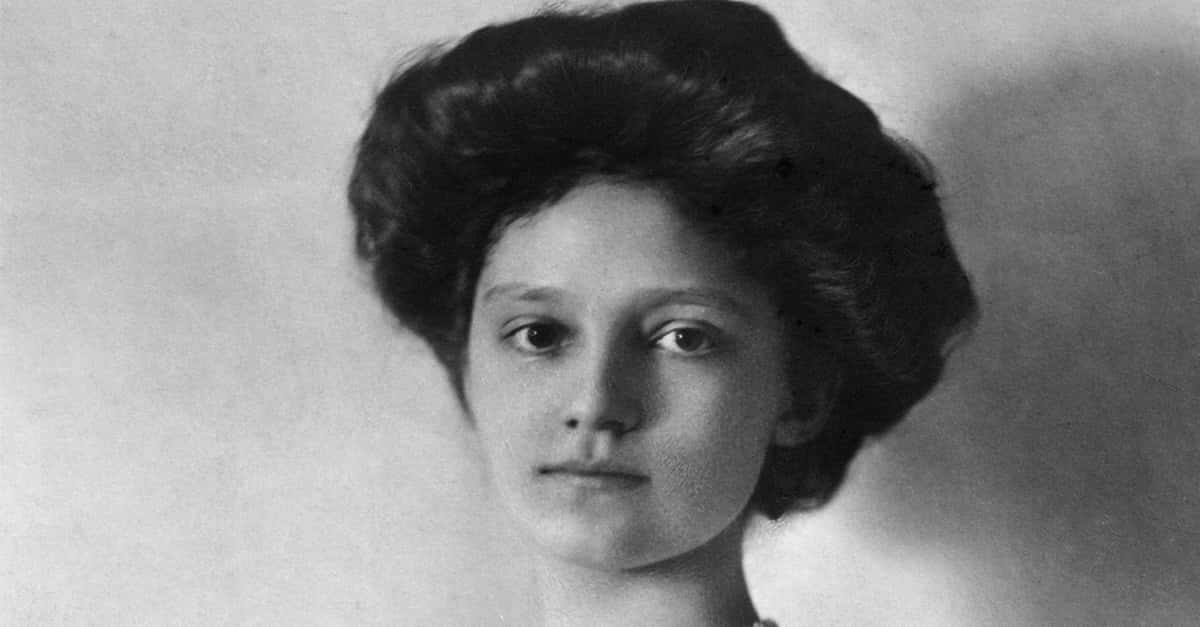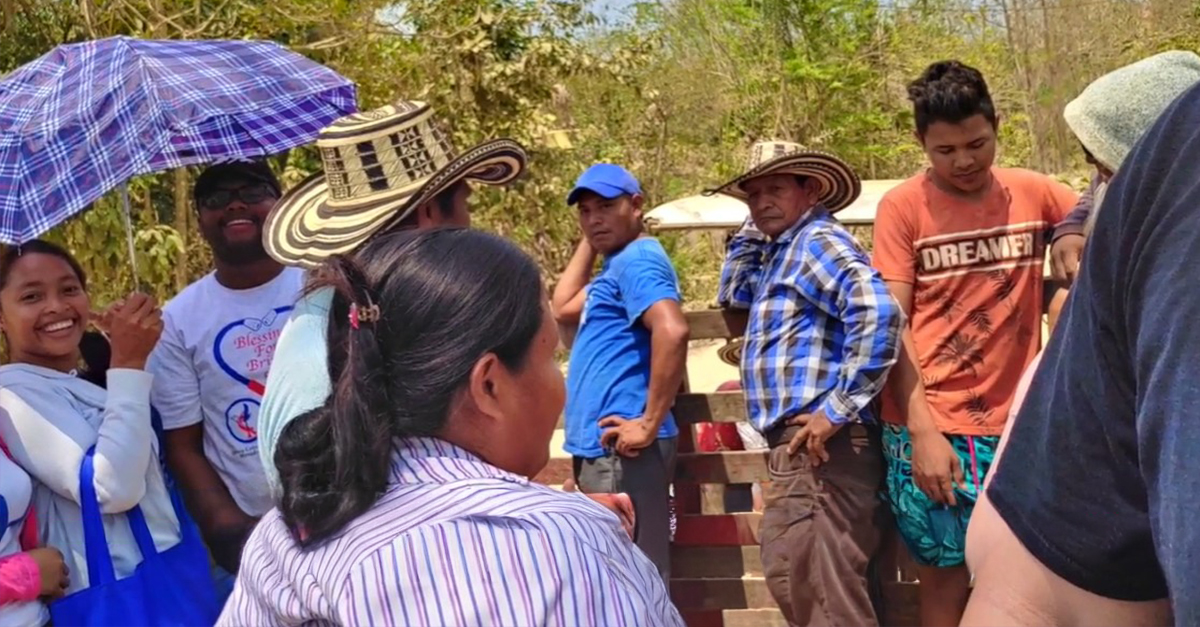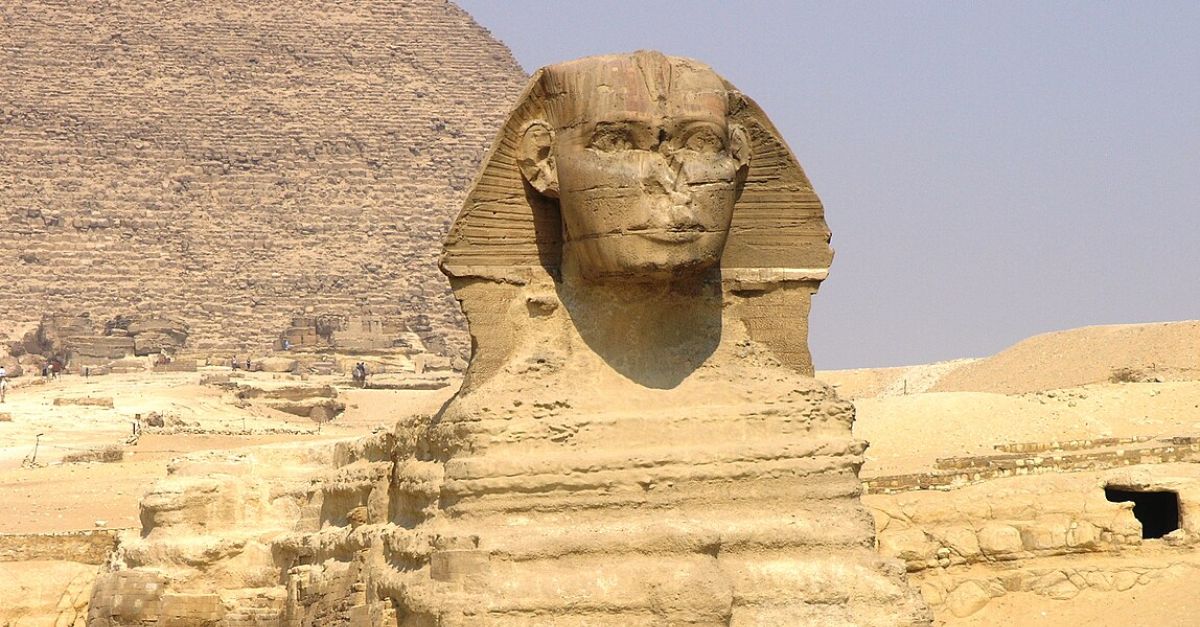Warriors, Healers, And Guardians Of The Amazon
The Jivaroan peoples of northern Peru and eastern Ecuador are known for their fierce resistance to colonization, deep animistic beliefs, and iconic rituals. Living in the headwaters of the Marañón River, they include groups like the Shuar, Achuar, and Aguaruna, who share language roots and complex spiritual traditions.

Their Languages Belong To The Chicham Family
All Jivaroan peoples speak related Chicham languages, including Shuar and Achuar. These languages reflect a shared cultural identity across different groups.
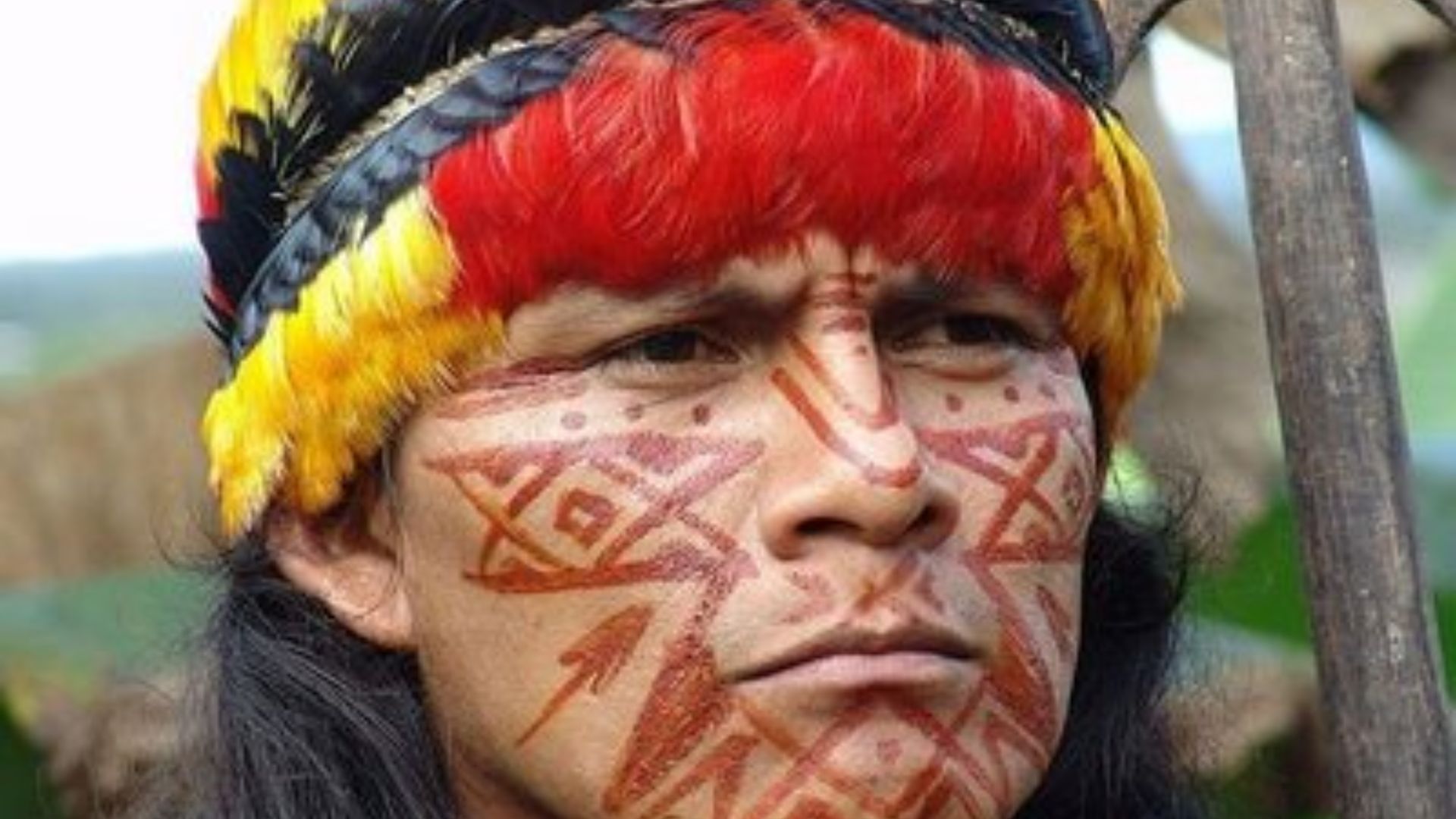 Kleverenrique, Wikimedia Commons
Kleverenrique, Wikimedia Commons
Shuar And Achuar Are The Largest Tribes
Among the Jivaroan groups, the Shuar and Achuar are the most prominent. Smaller groups include the Humabisa, Aguaruna, Shiwiar, and Antipas.
Jivaroan Is Derived From The Word “Xivar”
The term “Jivaro” likely comes from the Shuar word xivar, meaning “people.” Spanish colonists distorted it into a pejorative during conquest. In Ecuador, it became associated with savagery, though in other regions like Puerto Rico, similar terms came to mean “rural” or “traditional.”
The Garden Is A Sacred Space
Jivaroan life revolves around gardening rather than hunting. Gardens are spiritual spaces, where plants are treated as beings with souls. Songs are sung during planting to encourage spiritual cooperation. These chants are believed to awaken the soul of the plants.
Women Sing To The Garden Spirit Nungüi
Nungüi, the goddess of the Earth, is believed to dance in women’s gardens at night. Women sing and care for their crops to honor her presence. When pleased, Nungüi ensures abundance, but neglect or disrespect can cause crops to wither or fail.
Spirits Reside In Every Object
Jivaroan people believe that both living and non-living things have spirits. These spirits possess power, or karáram, which can be absorbed or stolen.
Arutam Souls Must Be Earned
Men are not born with an arutam soul; they must obtain it through ritual or violence. Acquiring arutam brings protection from death and illness.
Arutam Souls Must Be Replaced Over Time
Over time, arutam souls leave their hosts and wander. To prevent this loss, warriors must “trade in” their souls by killing and gaining new ones. If the soul begins to drift at night, it becomes vulnerable to theft by another warrior or shaman, making timely renewal crucial.
Killing Is A Rite Of Passage
Traditionally, to be considered marriageable, Jivaroan men had to participate in killings. Warfare is tied to spiritual power and adult identity.
Headhunting Was Once Common
Historically, Jivaroans shrank the heads of enemies to capture their spirits. These heads, called tsantsas, were used to trap malevolent energy. The ritual was also a rite of passage, symbolizing spiritual power, revenge, and social prestige within the community.
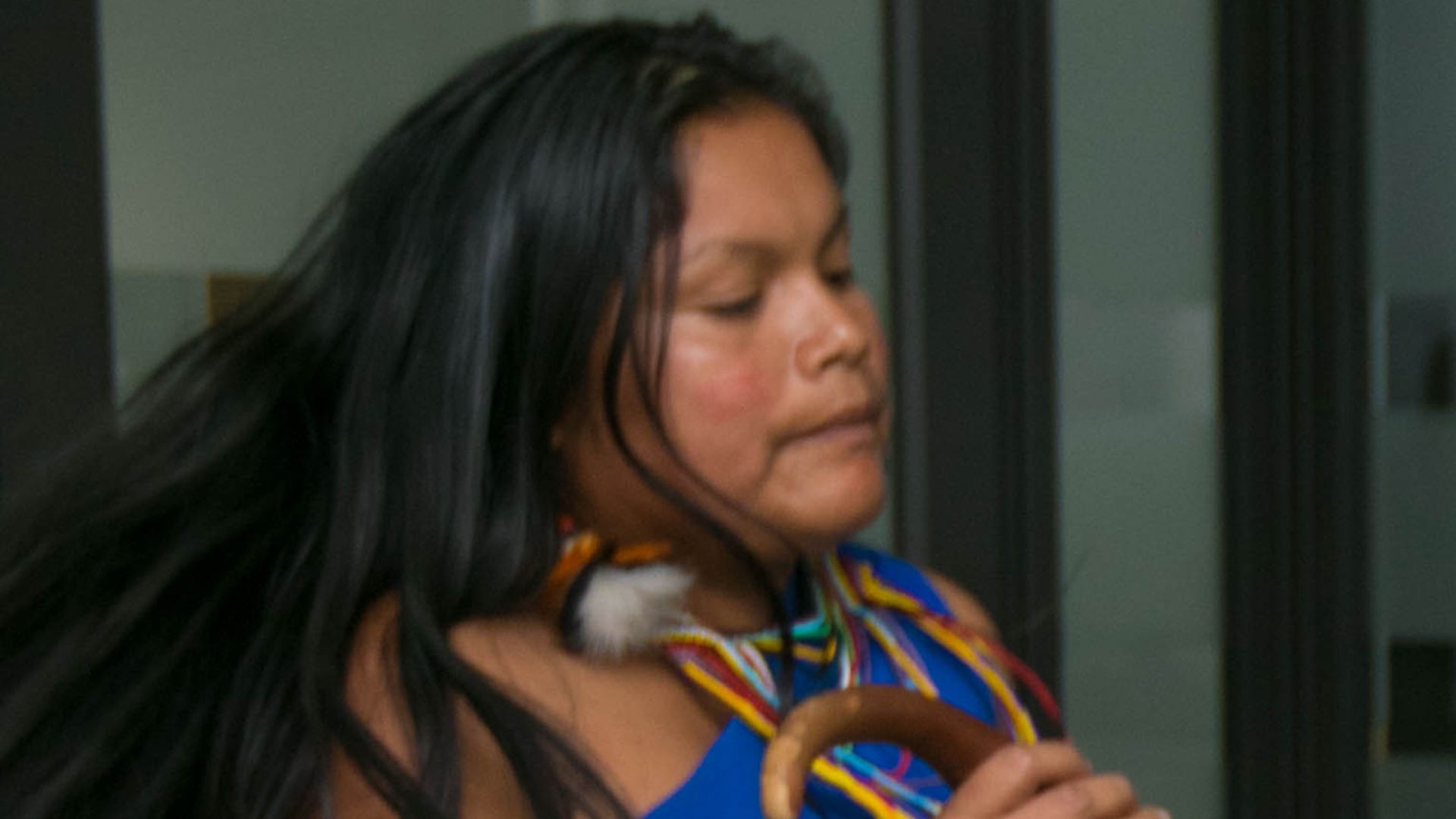 Public Media Archive EP, Wikimedia Commons
Public Media Archive EP, Wikimedia Commons
Shrunken Heads Were Spiritual Weapons
Tsantsas were believed to seal in an enemy’s soul and prevent spiritual revenge. They were used to protect the killer from supernatural retaliation.
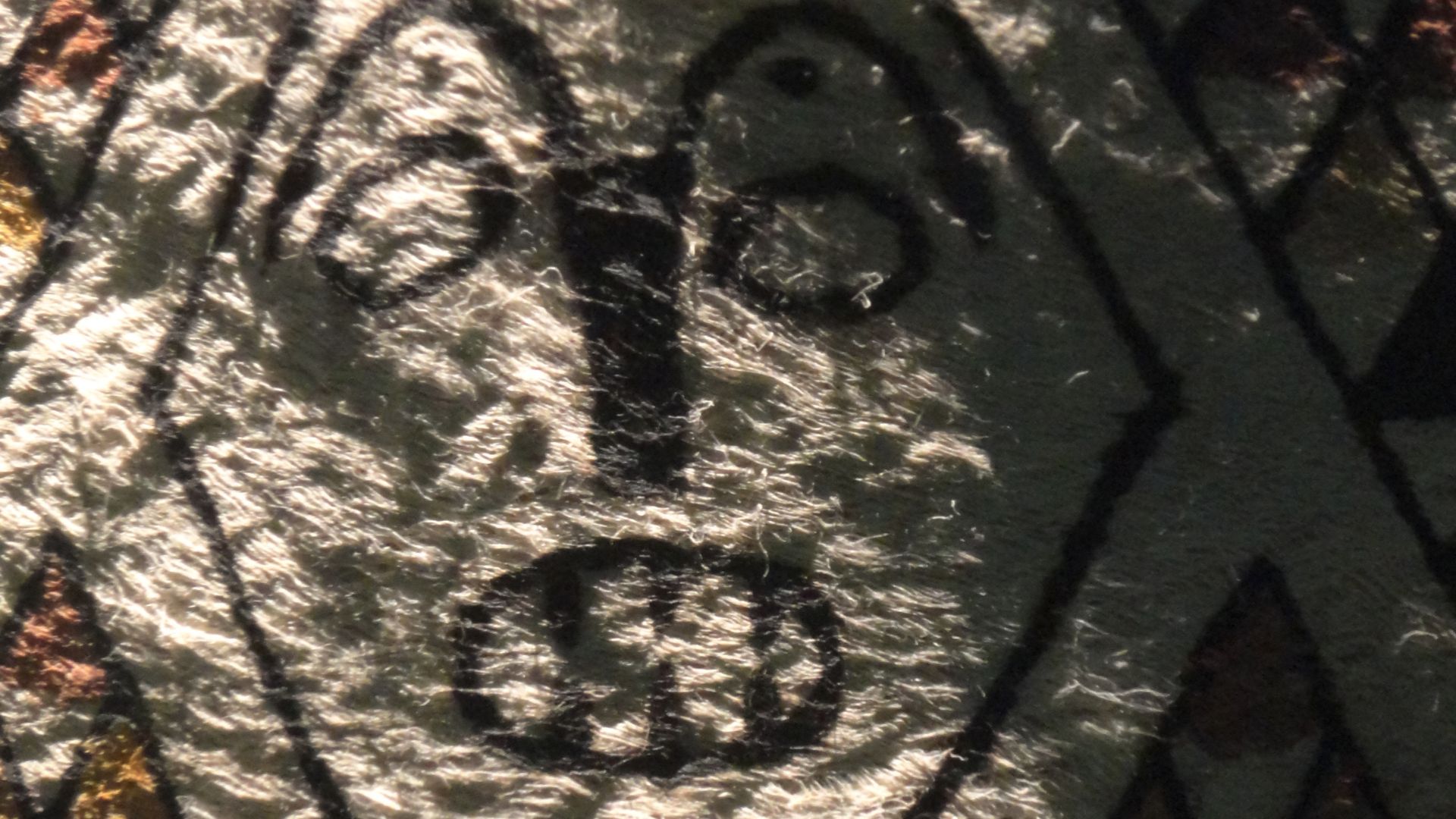 Juan Carlos Fonseca Mata, Wikimedia Commons
Juan Carlos Fonseca Mata, Wikimedia Commons
Ayahuasca Ceremonies Are Central To Healing
Shamans use ayahuasca, or natem, to diagnose and treat spiritual illnesses. Only the shaman and patient drink during healing rituals.
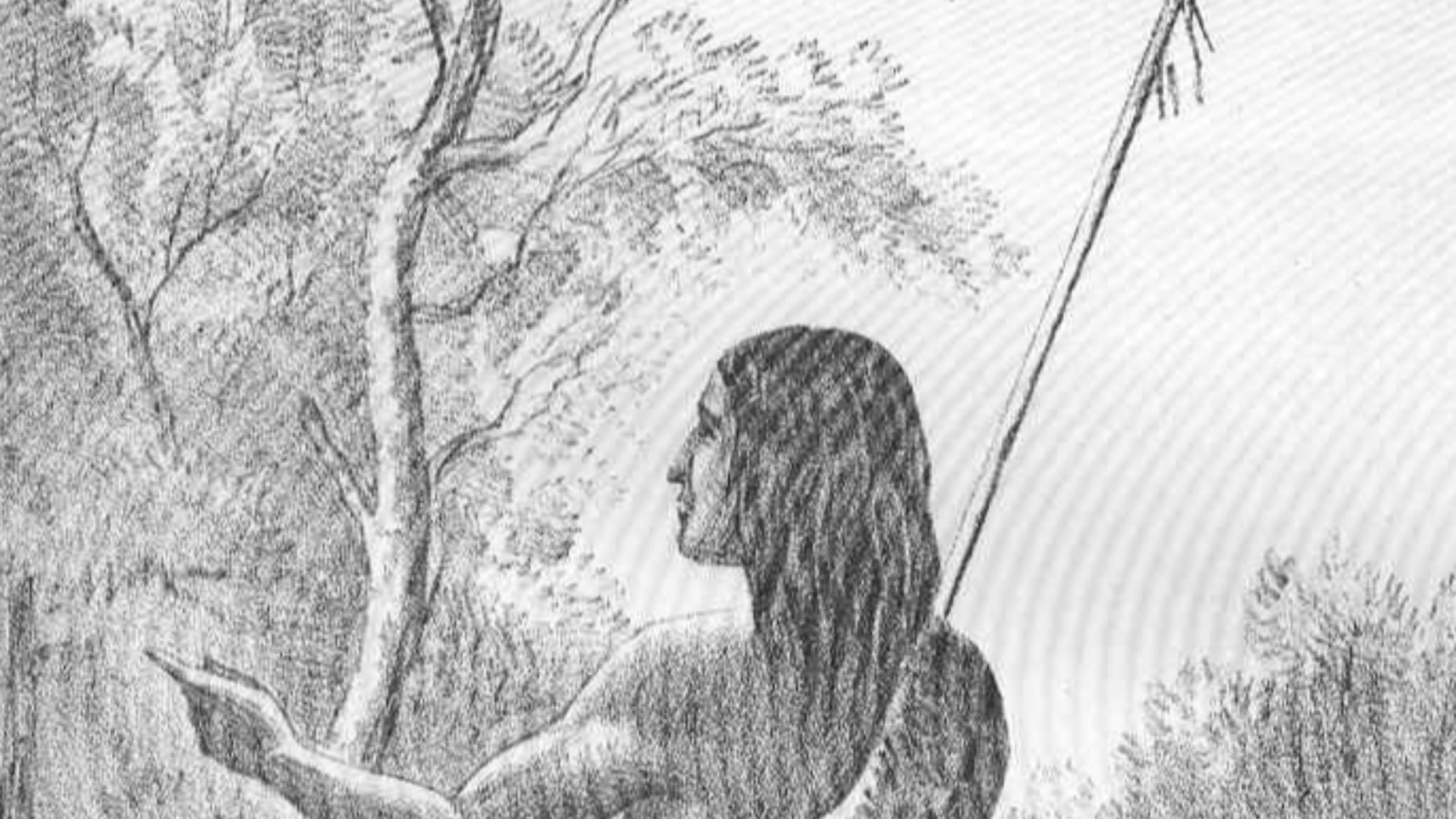 William Lewis Herndon, Wikimedia Commons
William Lewis Herndon, Wikimedia Commons
Visions Reveal Distant Loved Ones
Under ayahuasca, shamans report seeing faraway friends, relatives, or threats. This spiritual “remote viewing” is used to gain insight and guidance. The practice is rooted in the belief that consciousness can travel across space to reconnect with familiar spirits or warn of danger.
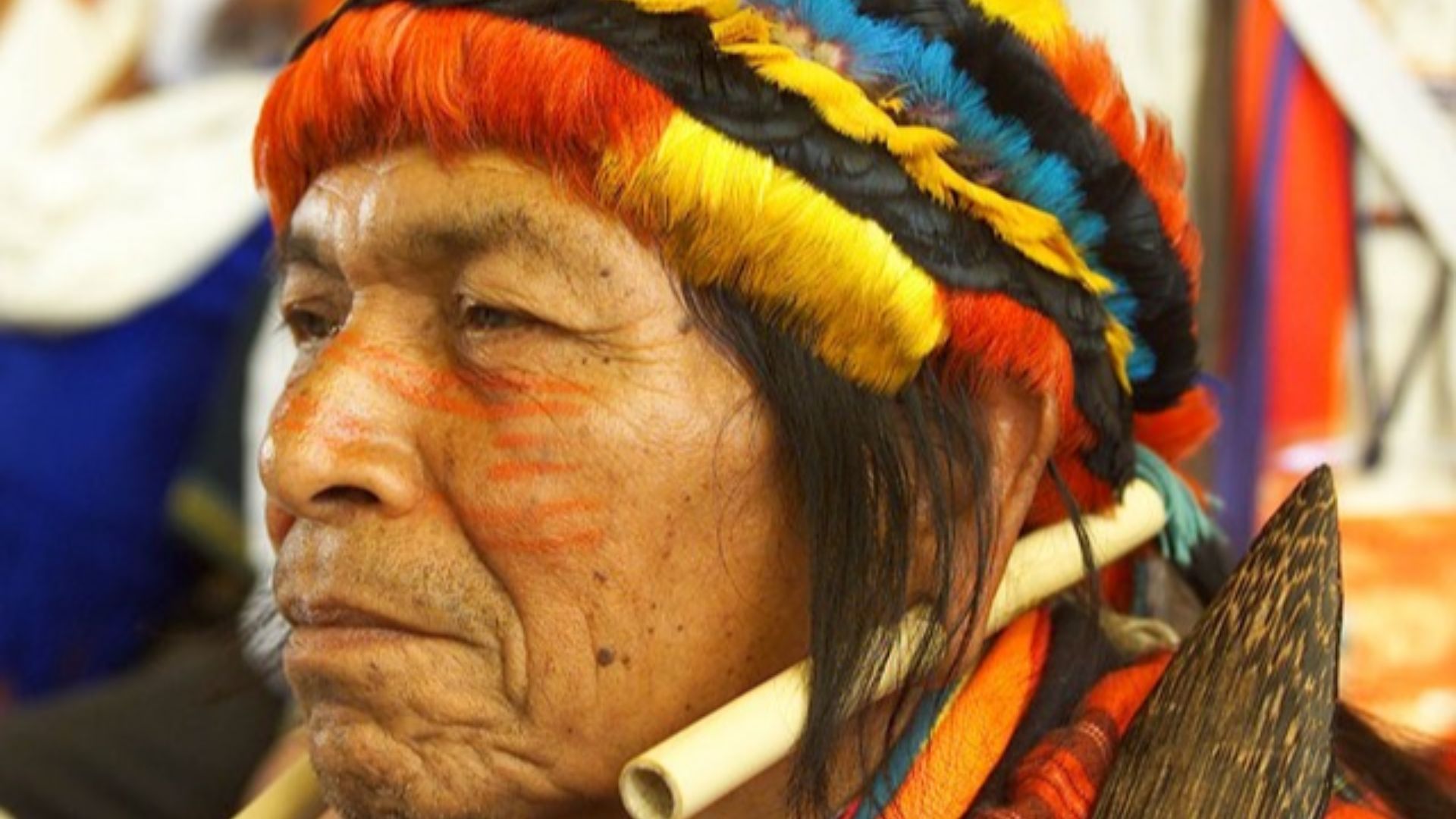 The original uploader was Ben2 at French Wikipedia., Wikimedia Commons
The original uploader was Ben2 at French Wikipedia., Wikimedia Commons
Shamans Are Spiritual Intermediaries
Shamans serve as healers, diviners, and protectors. They guard their communities against illness caused by malevolent spirits or rival sorcerers.
Shamans Use A Mix Of Plants And Rituals
To enhance visions, shamans consume hallucinogenic plants like Banisteriopsis caapi, along with tobacco and alcohol. Ritual chants and actions accompany these substances.
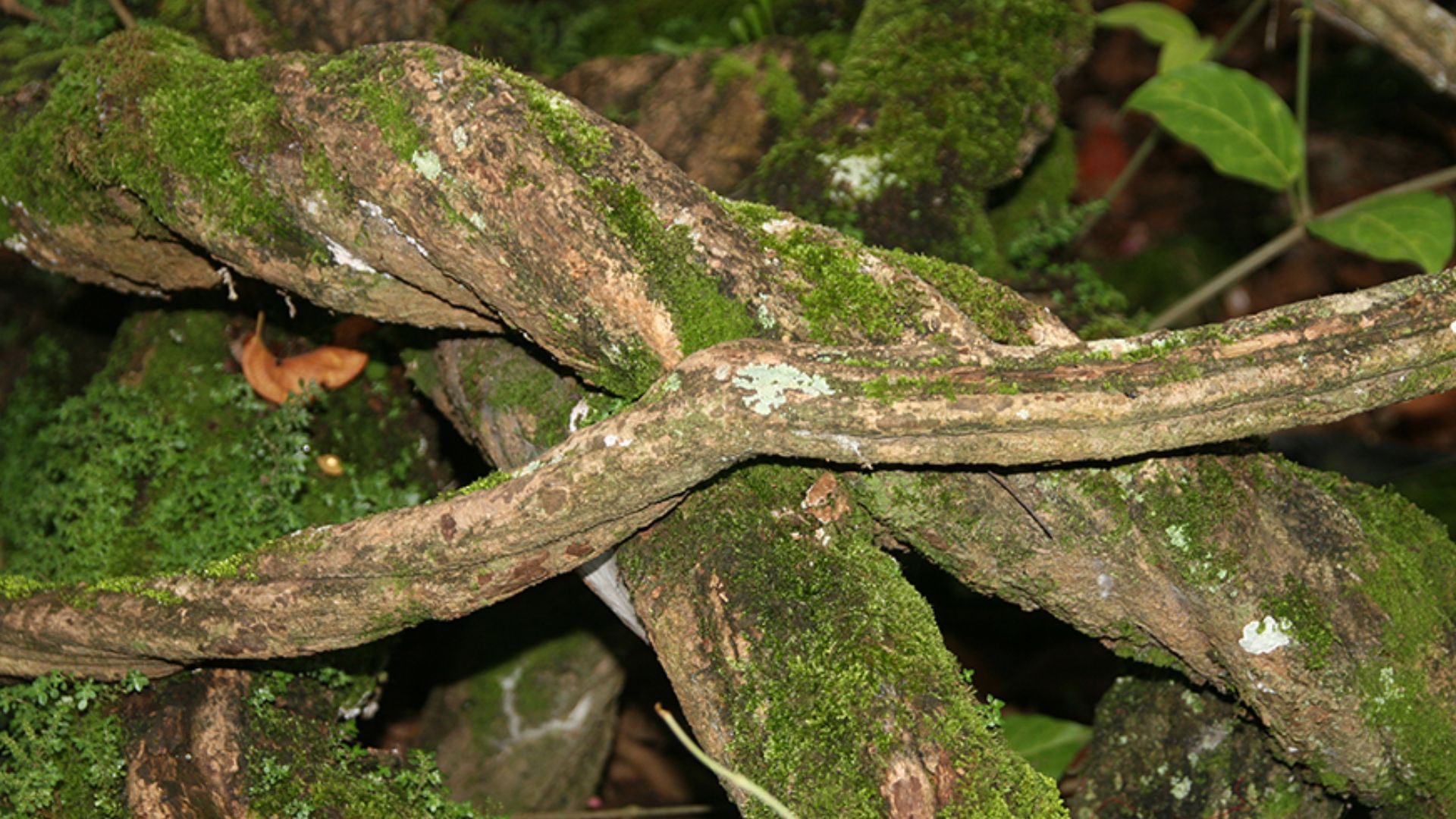 Francois Delonnay, Wikimedia Commons
Francois Delonnay, Wikimedia Commons
Gardens Are Places Of Ritual And Solitude
Gardens are not only for growing food but for connecting with spirits. They offer women a rare space of independence and privacy. Within these sacred spaces, women perform chants, care rituals, and even engage in spiritual or emotional reflection.
Sensuality Was Tied To Gardening
Gardens also served as private spaces where couples could meet discreetly. This added another layer of importance to the garden as a sacred space.
The First Being Was Called Tensak
According to Jivaro belief, the first entity, Tensak, used spiritual darts to curse or heal people. He exists on a higher plane visible only through trance. Tensak’s spiritual darts are also used by shamans to inflict or reverse harm. These unseen weapons are central to Jivaro cosmology.
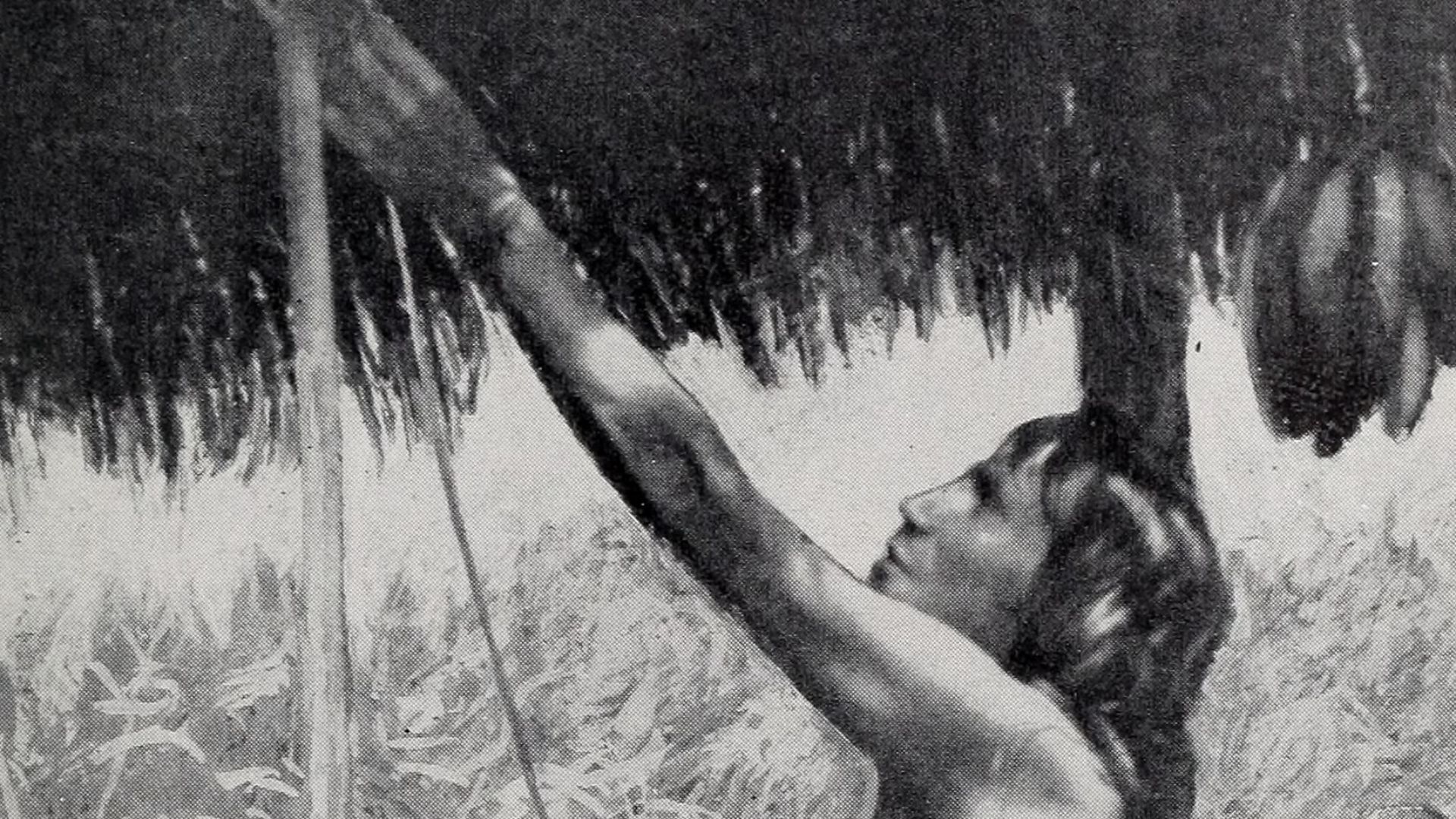 Smithsonian Institution. Bureau of American Ethnology, Wikimedia Commons
Smithsonian Institution. Bureau of American Ethnology, Wikimedia Commons
Warfare Was Common Among Groups
Before colonization, Jivaroan tribes were politically autonomous and often at war. Despite sharing language and culture, each village operated independently.
Resistance To Outsiders Was Fierce
The Jivaroans resisted both Inca and Spanish conquest. They successfully halted Inca expansion and later destroyed several Spanish outposts.
Incas Failed To Conquer The Jivaro
The Inca Empire tried to subjugate the Jivaroan people but was repelled. Jivaroan warriors defended their lands with unmatched ferocity.
Spaniards Also Met Resistance
Spanish conquistadors, lured by rumors of Amazonian gold, were met with deadly ambushes. The Jivaro held off colonization well into the 19th century.
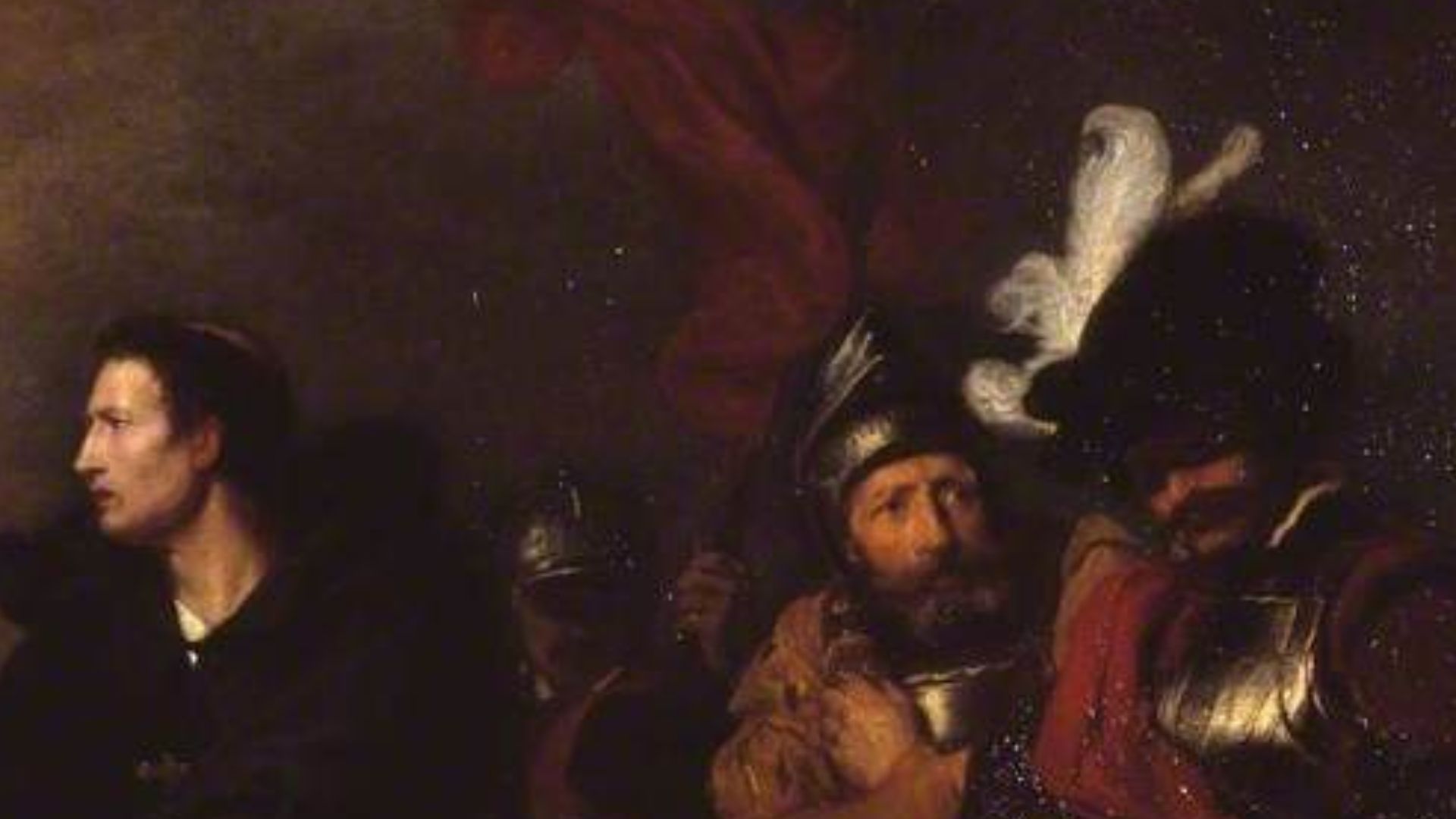 Henry Perronet Briggs, Wikimedia Commons
Henry Perronet Briggs, Wikimedia Commons
Nungüi Ensures Garden Abundance
This short, stout goddess emerges at night to bless gardens. Her presence is invited through songs, weeding, and ritual dances.
Tsungi Is The God Of Shamanism
Tsungi governs the world of shamans and healing. He’s a key deity in guiding ayahuasca visions and spiritual battles. Shamans invoke Tsungi to gain clarity, strength, and protection when navigating the spirit realm.
Creation Myths Are Violent And Symbolic
Jivaroan creation myths often center on divine battles and dualities. Humans are portrayed as victims in these ancient cosmic conflicts.
 New life of the fearsome jivaro tribe in the Peruvian Amazon, New China TV
New life of the fearsome jivaro tribe in the Peruvian Amazon, New China TV
Spirits Take The Form Of Animals
Powerful spirits often appear as anacondas, butterflies, or jaguars. These beings aid shamans in healing or inflict harm in battle. Each animal carries symbolic meaning: anacondas represent strength, butterflies signal transformation, and jaguars embody protection and ferocity,
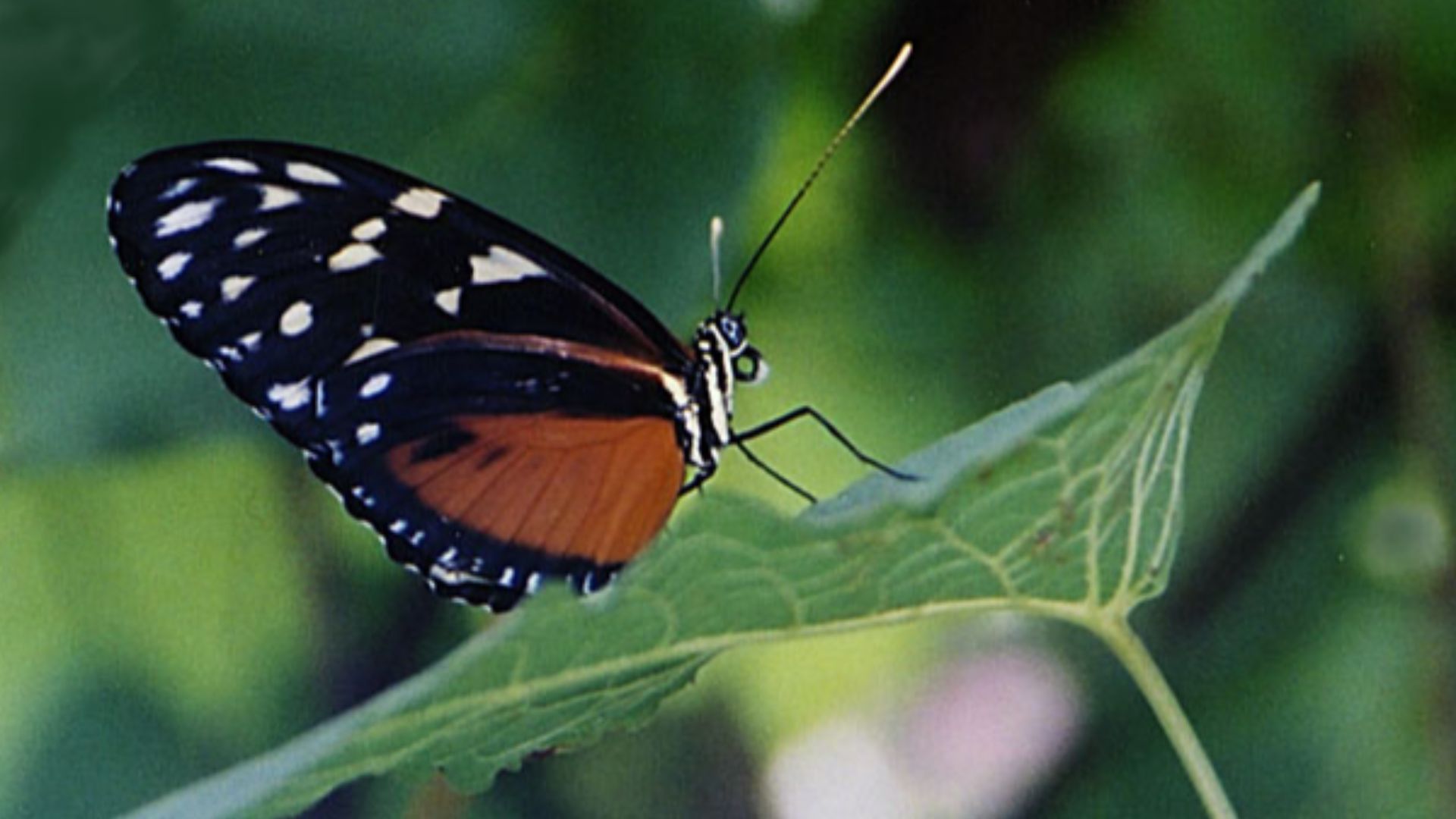 Dick Culbert from Gibsons, B.C., Canada, Wikimedia Commons
Dick Culbert from Gibsons, B.C., Canada, Wikimedia Commons
Illness Is Caused By Spiritual Attacks
Sickness is believed to result from malevolent shamans attacking a person’s spirit. Healing involves driving out or neutralizing these forces.
 New life of the fearsome jivaro tribe in the Peruvian Amazon, New China TV
New life of the fearsome jivaro tribe in the Peruvian Amazon, New China TV
Matrilocal Households Were The Norm
Before colonization, Jivaroans lived in matrilocal, polygynous households. Each household acted independently with little centralized leadership. Kinship through the mother shaped social alliances, inheritance, and daily responsibilities within the community.
Social Groups Were Small And Mobile
Villages often consisted of a few related families and could move as needed. Alliances shifted frequently based on kinship or conflict.
Jivaroan Identity Was Fluid
People identified more with their river or household than with a tribe. Political unity was virtually nonexistent before the 20th century.
Federations Were Formed In Response To Colonization
Modern Jivaroan communities formed political organizations to defend their land and culture. These include the Shuar and Achuar federations in Ecuador and Peru. These federations advocate for Indigenous rights, environmental protection, and cultural preservation in national and international forums.
Christian Missionaries Arrived In The 20th Century
With colonization came missionary efforts to convert the Jivaroans. Christianity slowly spread, but many traditional beliefs persist alongside it. In some communities, churches stand beside ritual gardens, and religious services coexist with shamanic ceremonies.
Their Culture Challenges Western Definitions
Jivaroan practices defy typical classifications of religion, warfare, and healing. Their belief systems are intertwined with every aspect of life. Concepts like health, morality, and power are understood through spiritual relationships, not secular or scientific frameworks.
Tsantsa Creation Was Banned
In modern times, the shrinking of heads has ceased. Governments and missionaries worked to end the practice, though its legacy remains symbolic.
Shamans Still Hold Ayahuasca Ceremonies
Despite modern influences, ayahuasca remains central in healing and divination. These ceremonies continue as bridges to ancestral knowledge. Shamans believe the brew allows them to diagnose spiritual ailments and communicate with guiding spirits or distant loved ones.
 New life of the fearsome jivaro tribe in the Peruvian Amazon, New China TV
New life of the fearsome jivaro tribe in the Peruvian Amazon, New China TV
Jivaroan People Continue To Resist Exploitation
Today, Jivaroan communities fight for land rights and environmental protection. Their spiritual worldview fuels activism in defense of the Amazon.
You May Also Like:
The Uncontacted Tribe Living in the Amazon Rainforest
Rare Photos Of The Reclusive “Guardians Of The Amazon”
Rare Photos Of The Yanomami, One Of The Amazon's Most Eccentric Tribes
Source: 1

